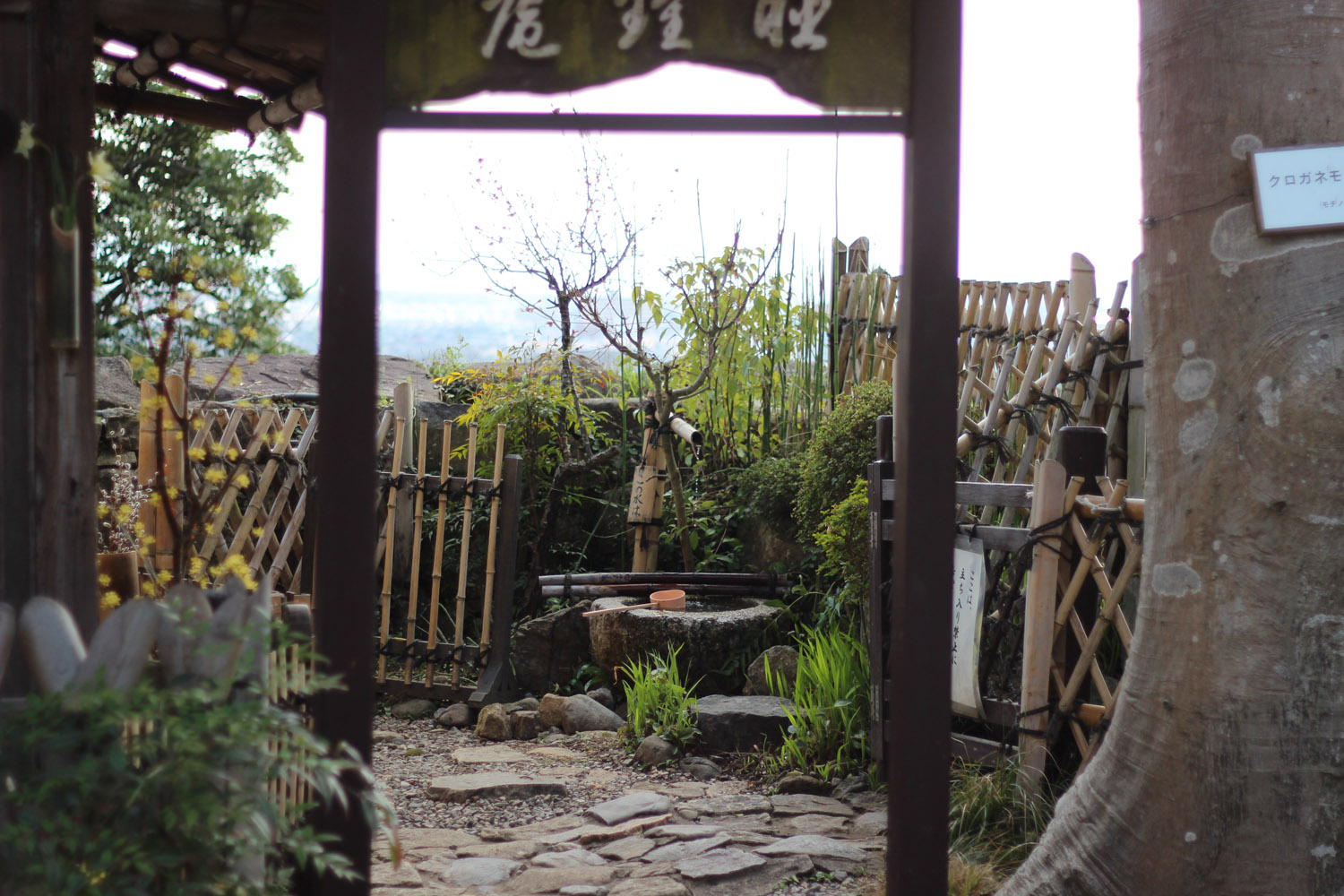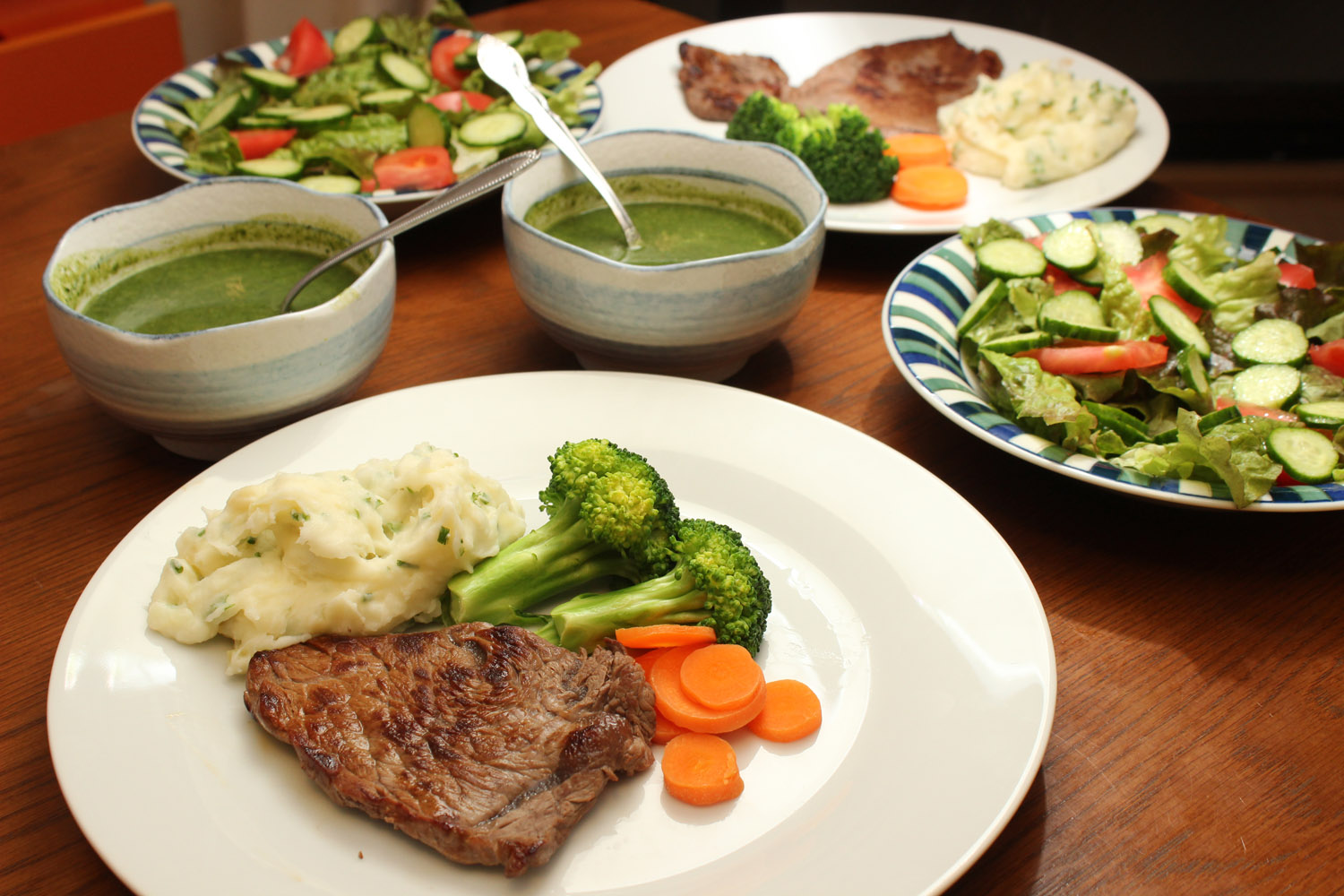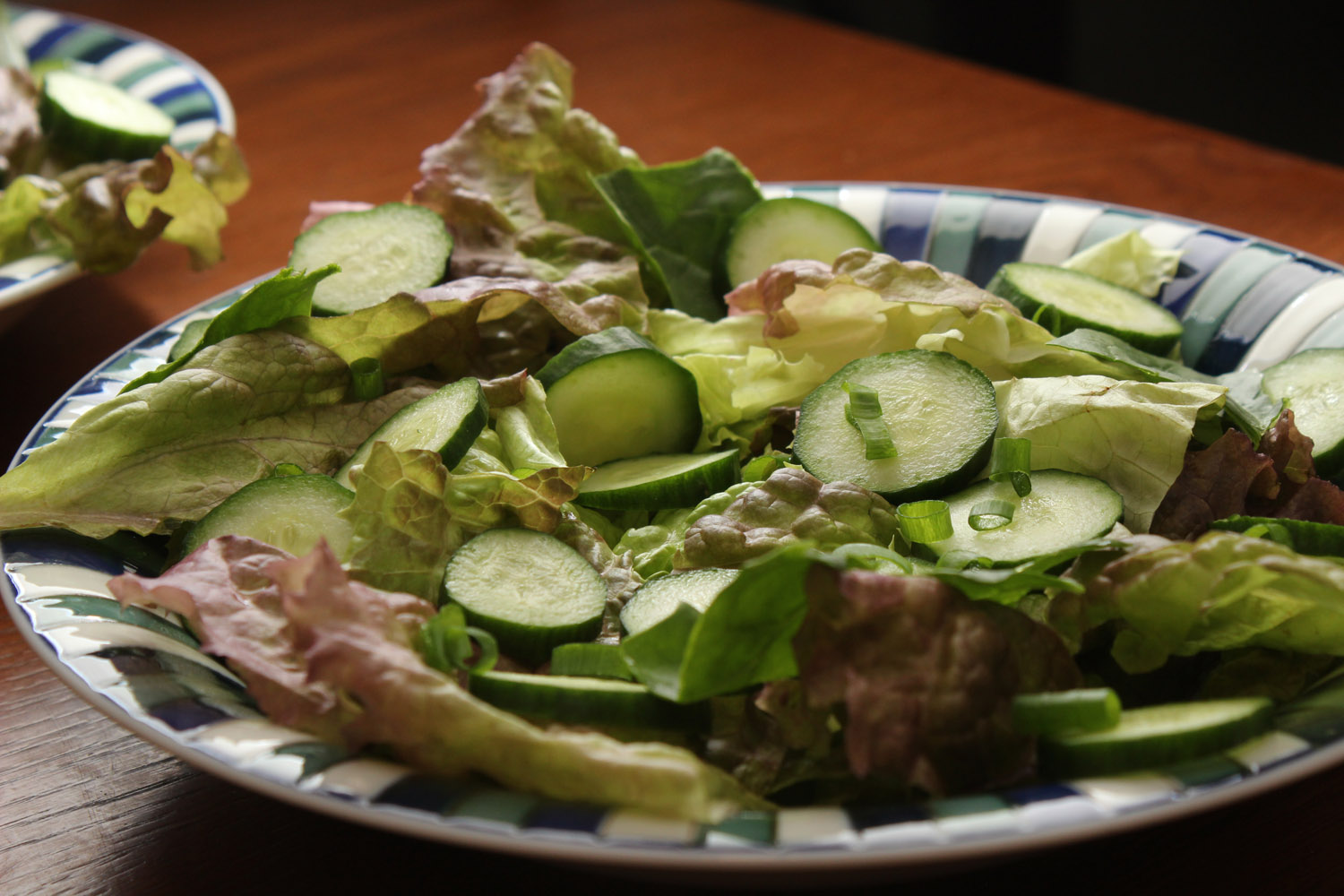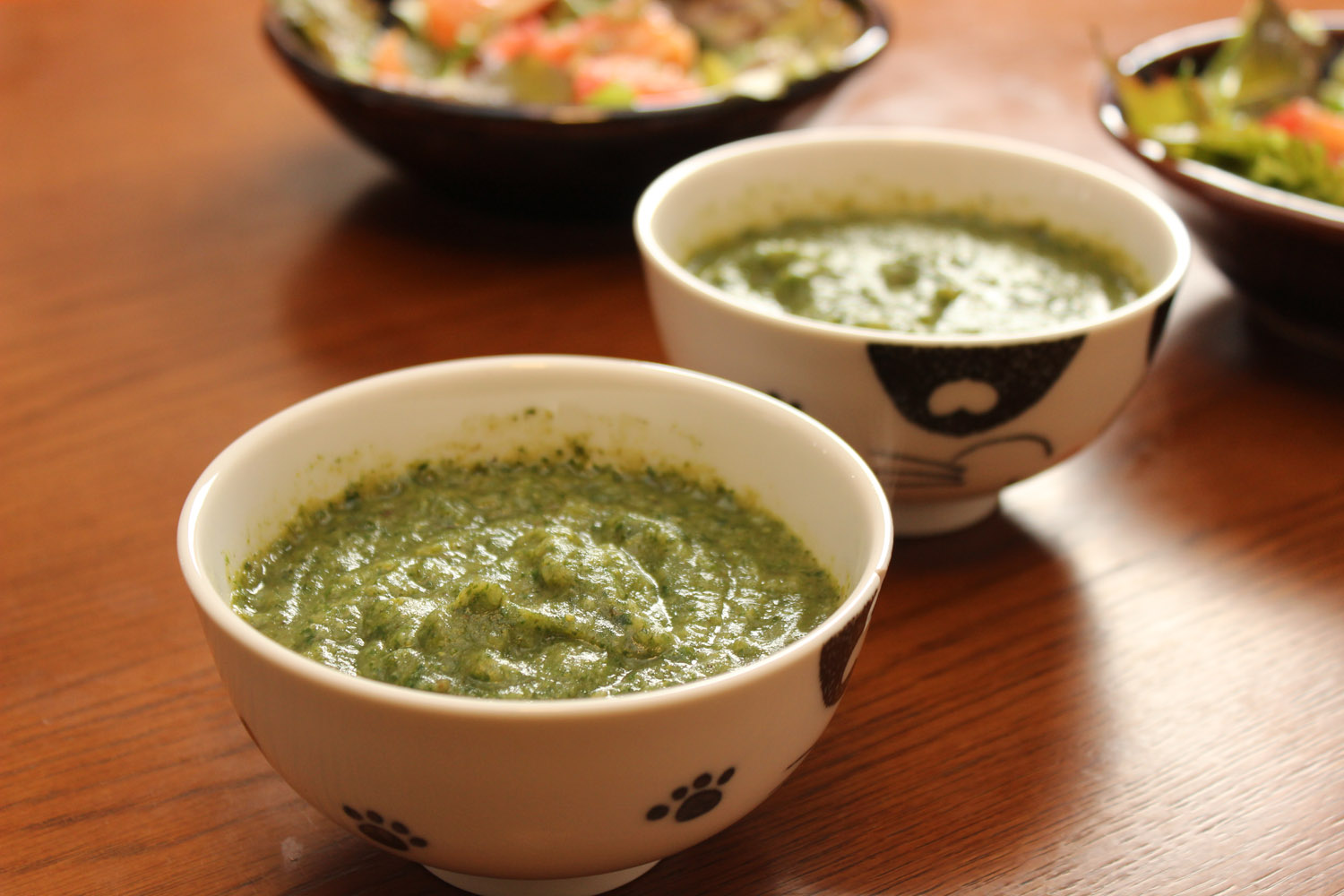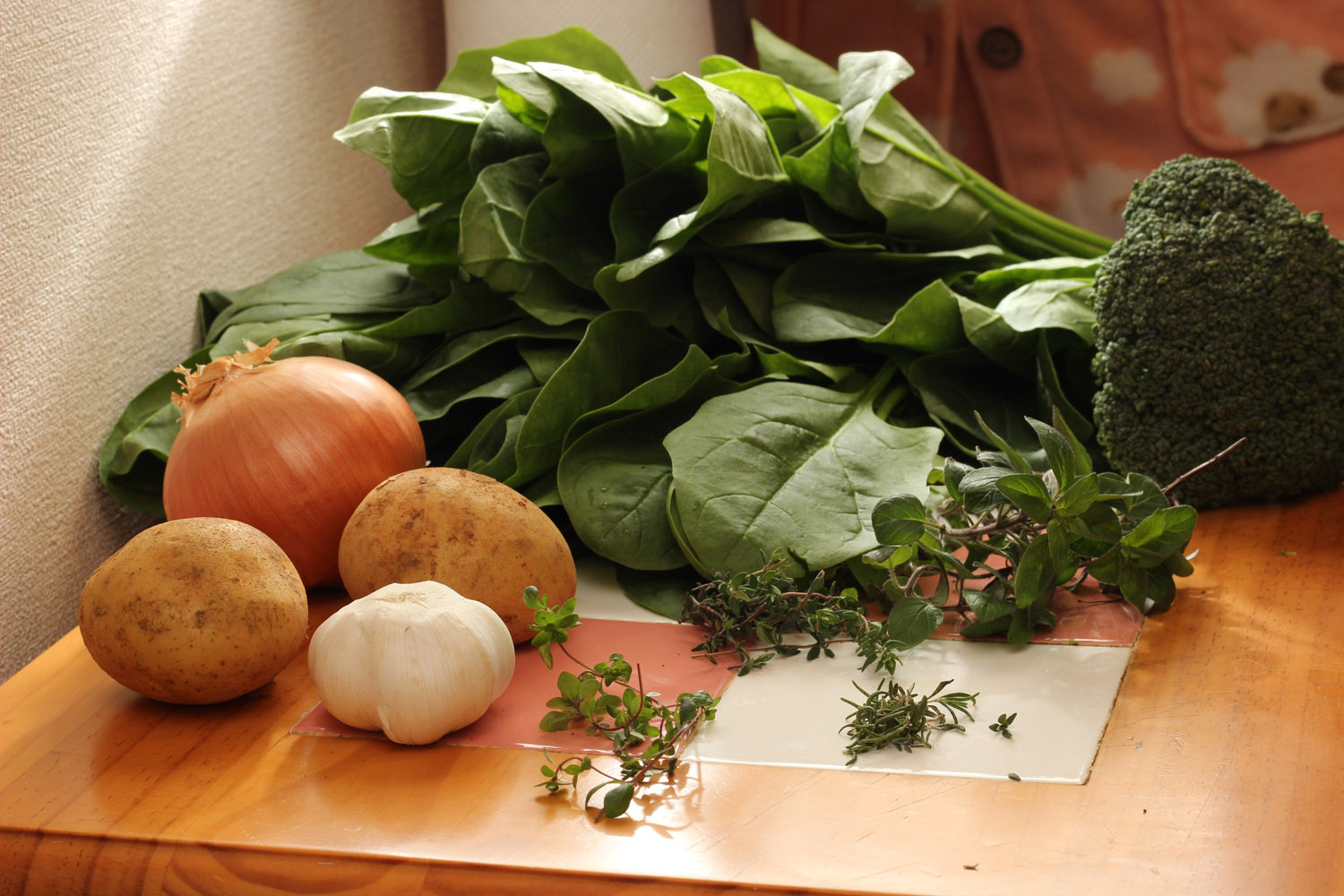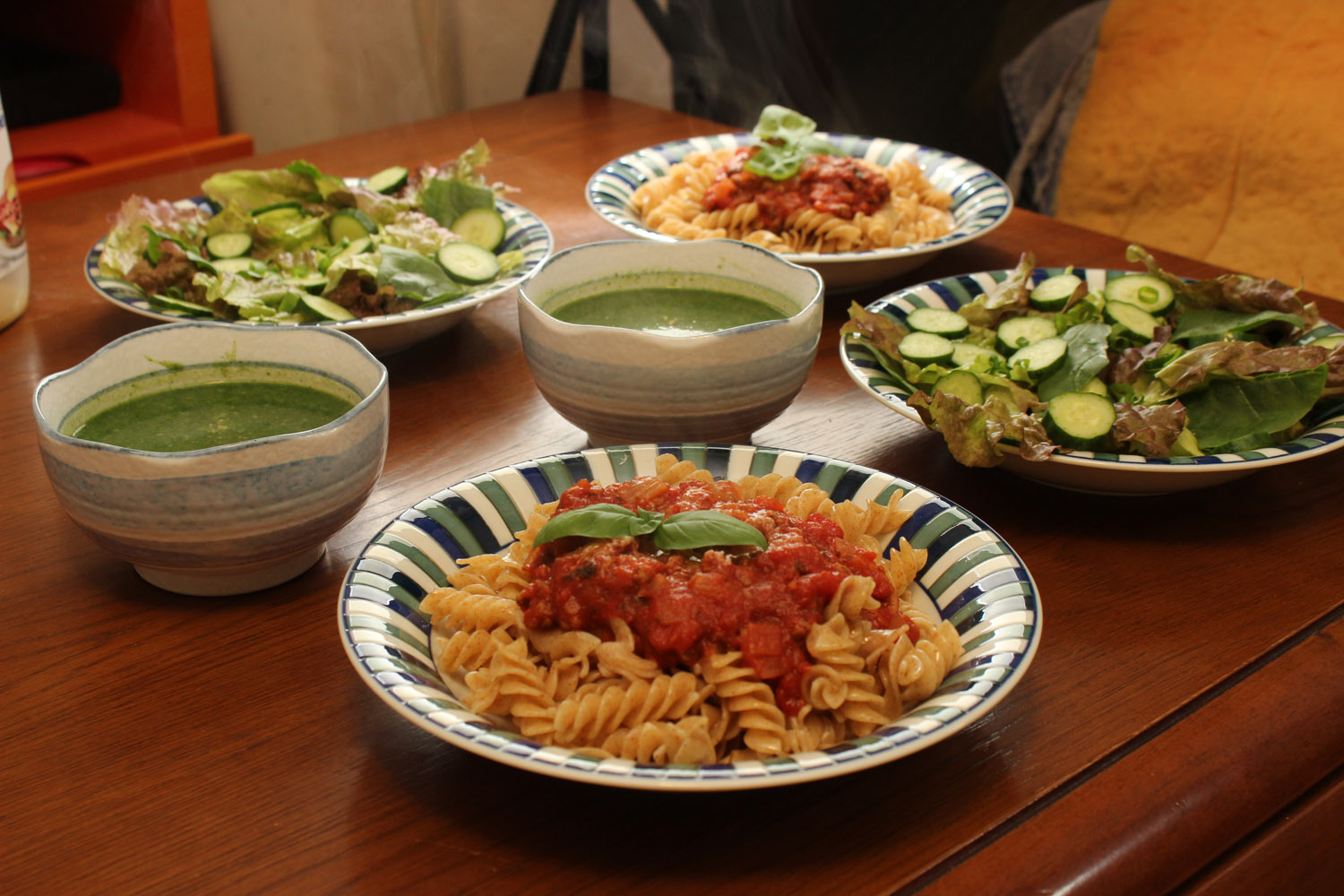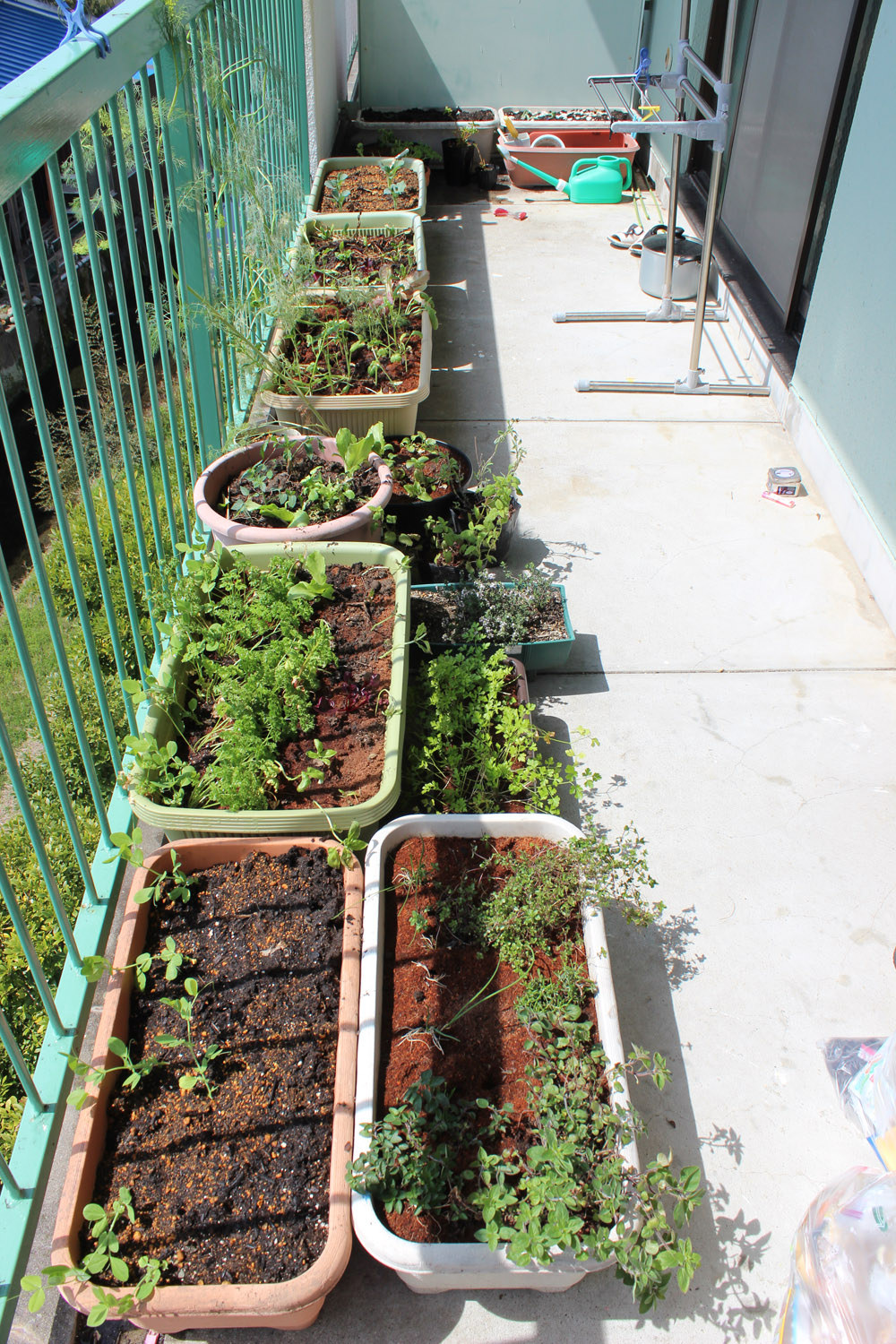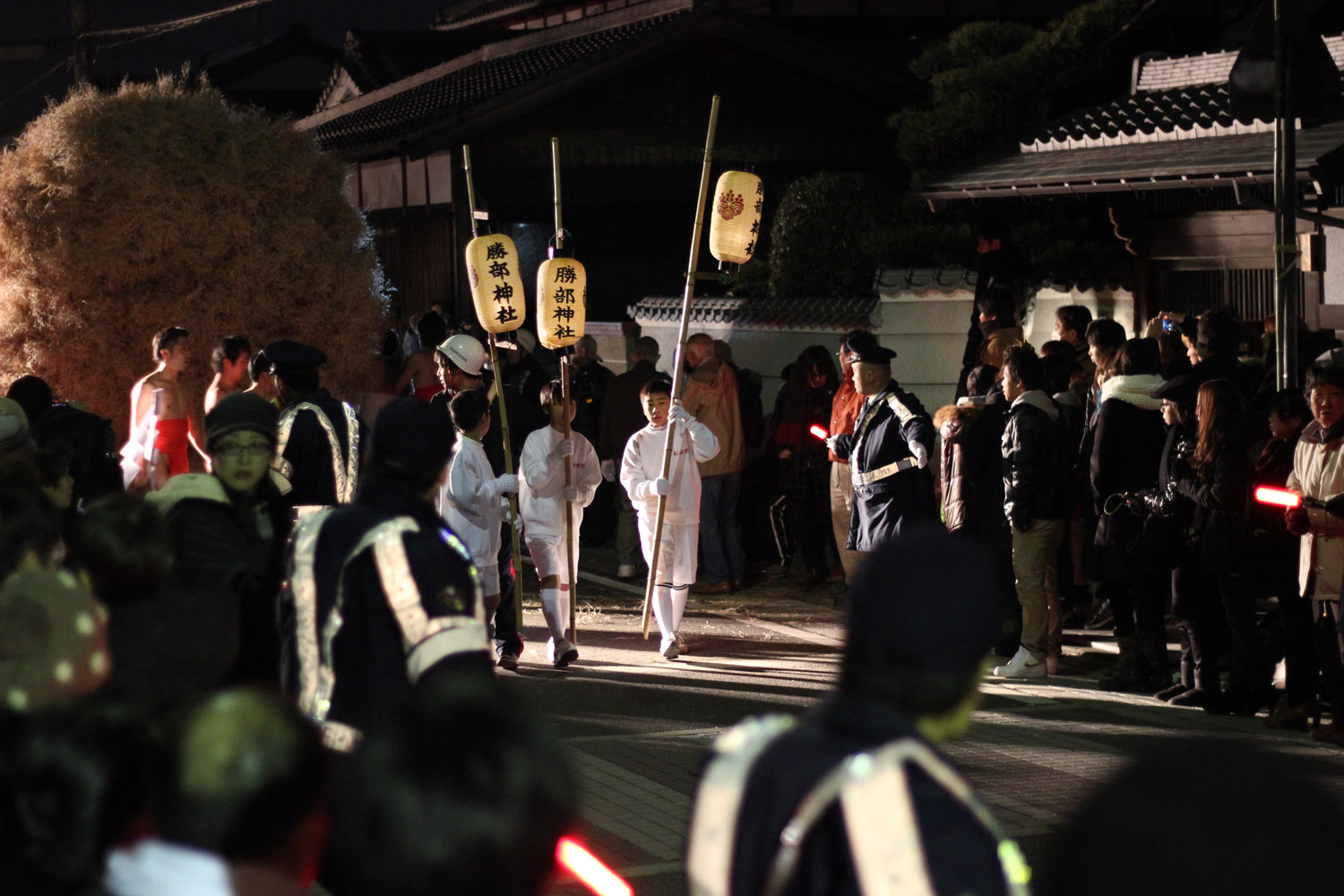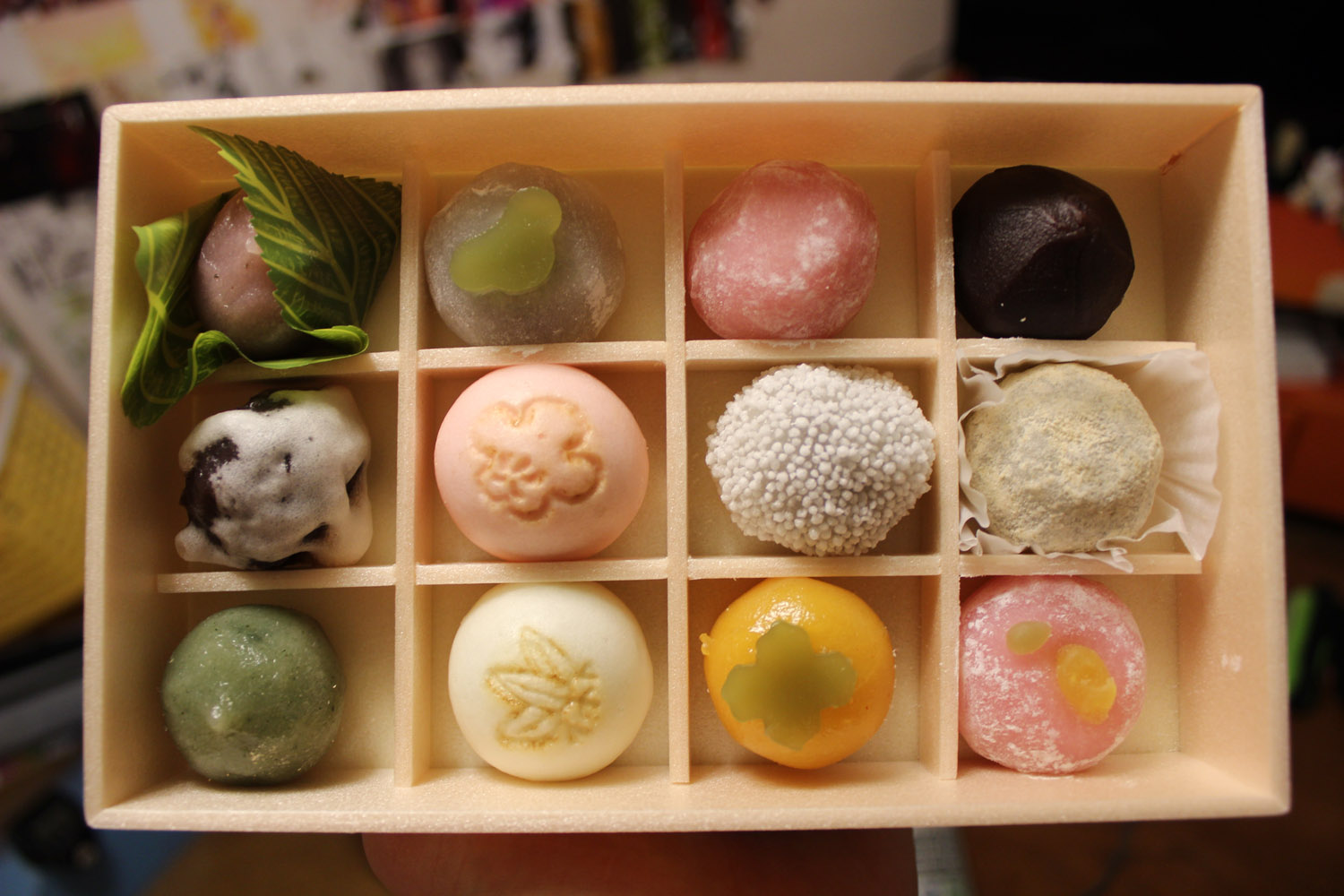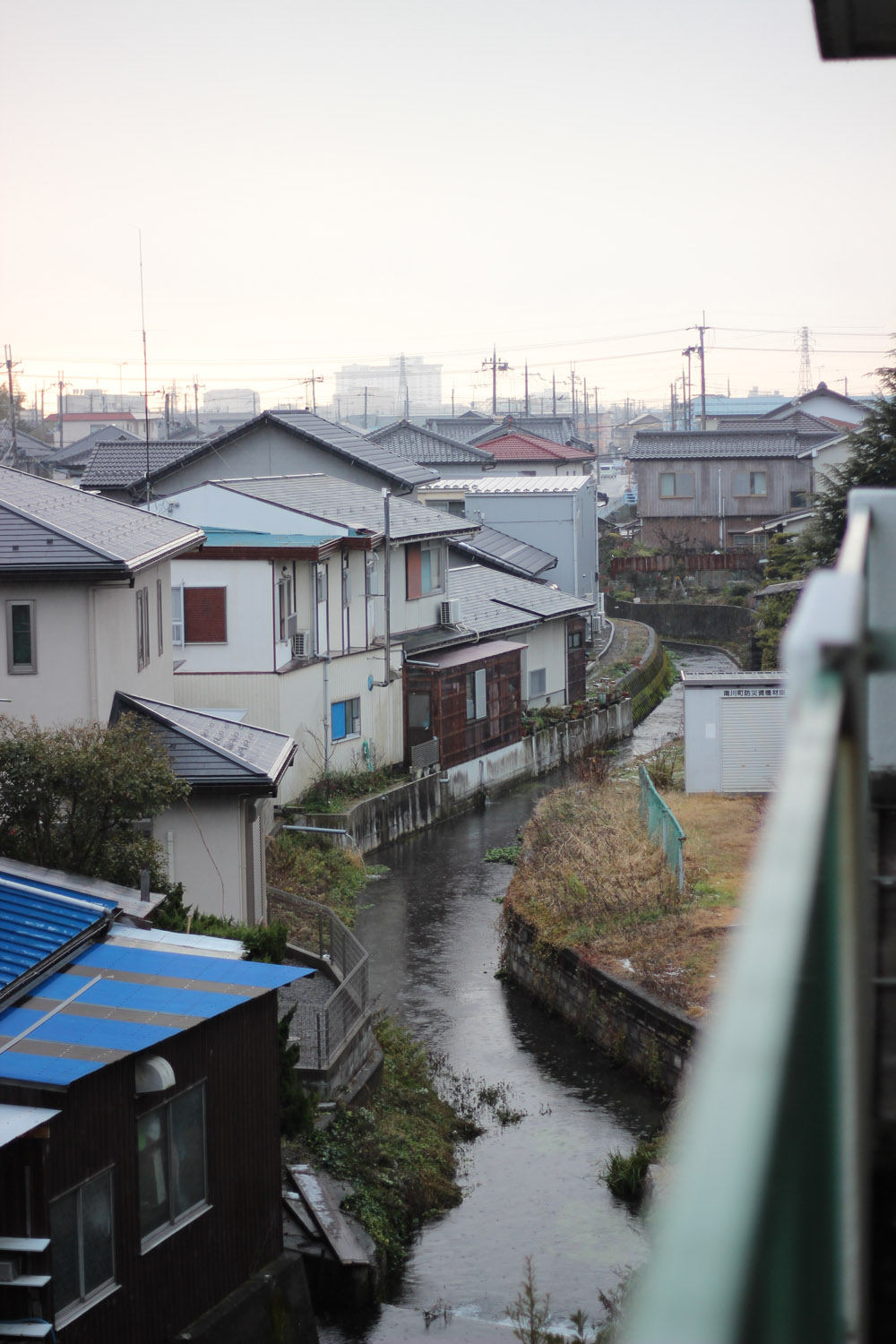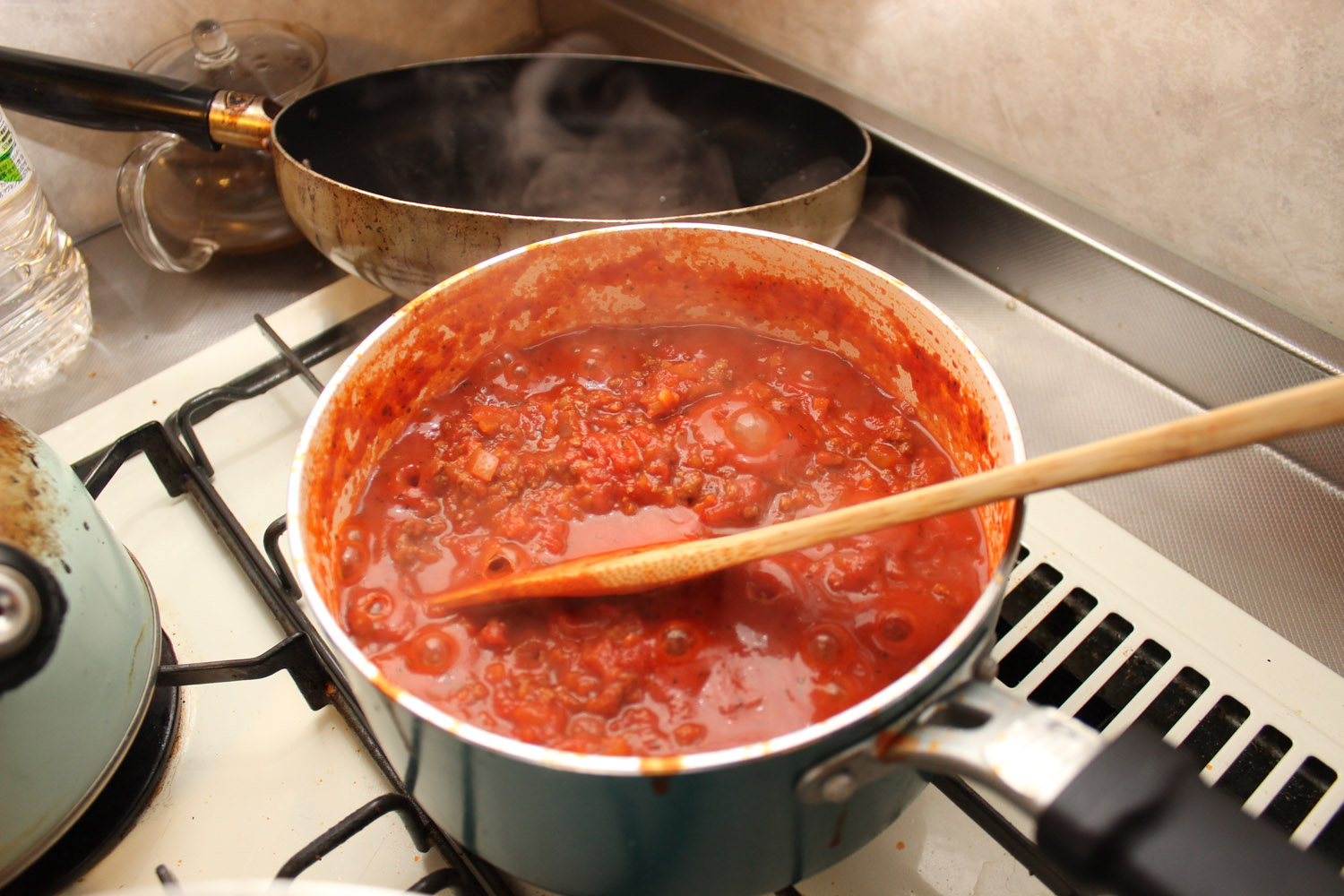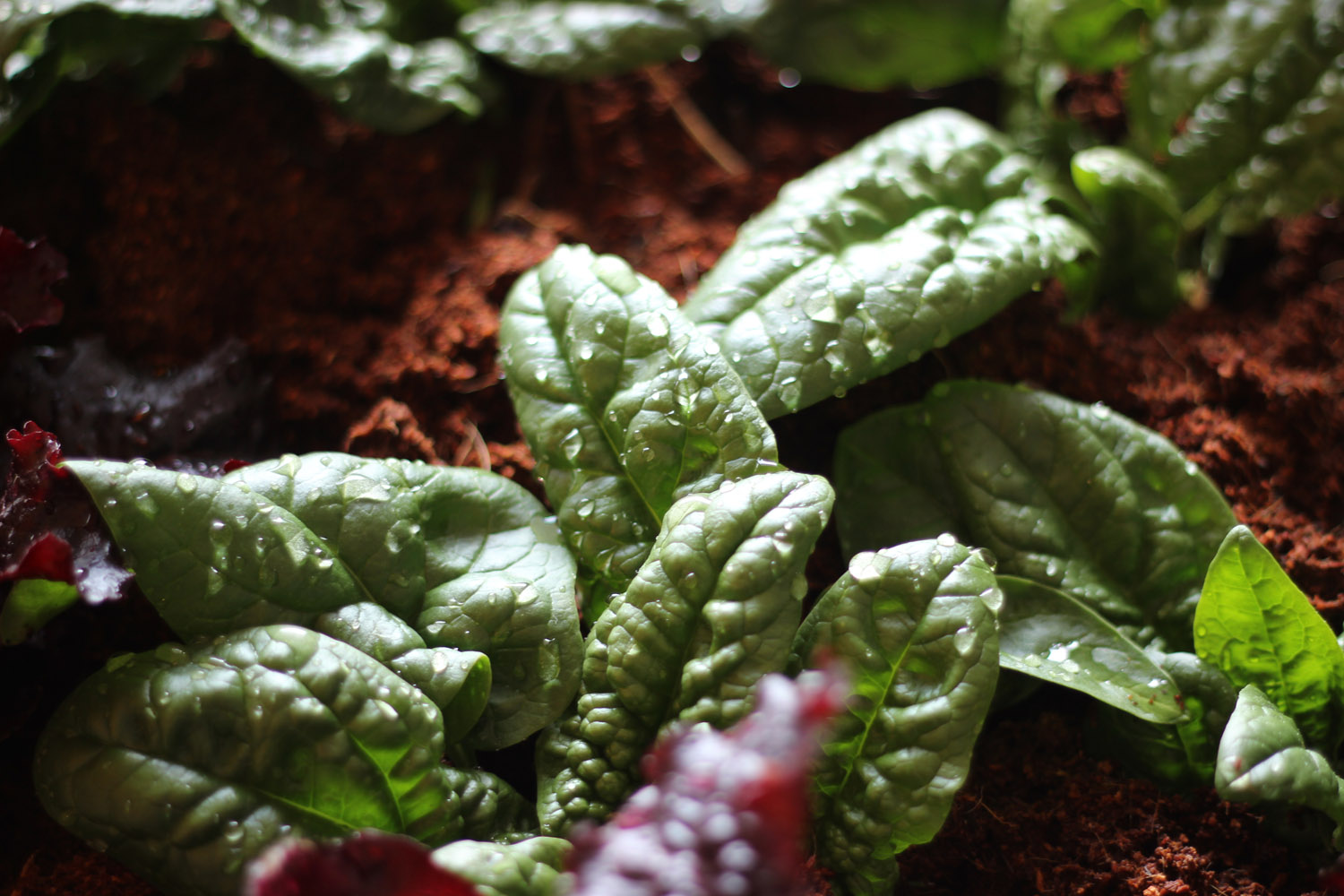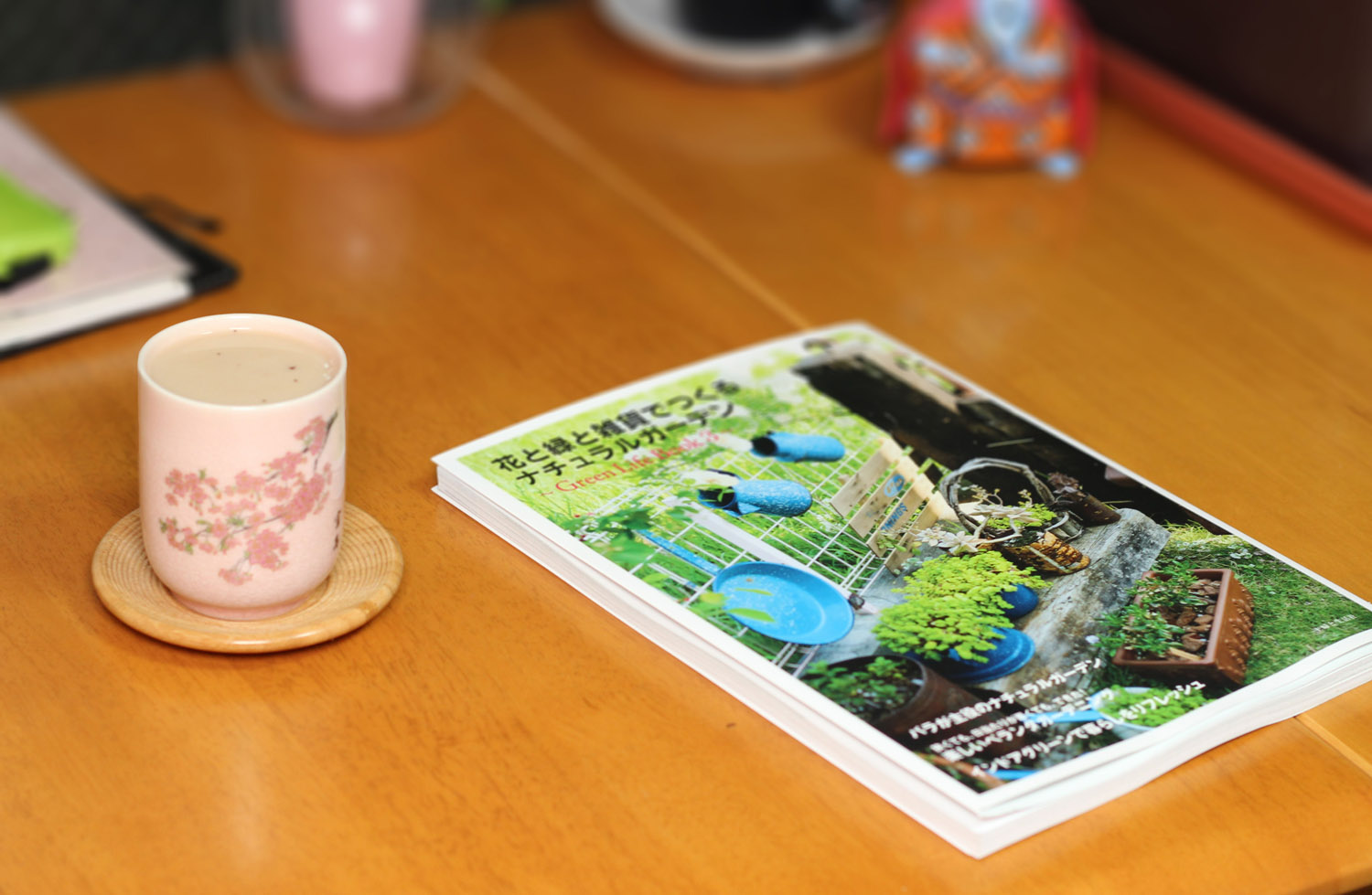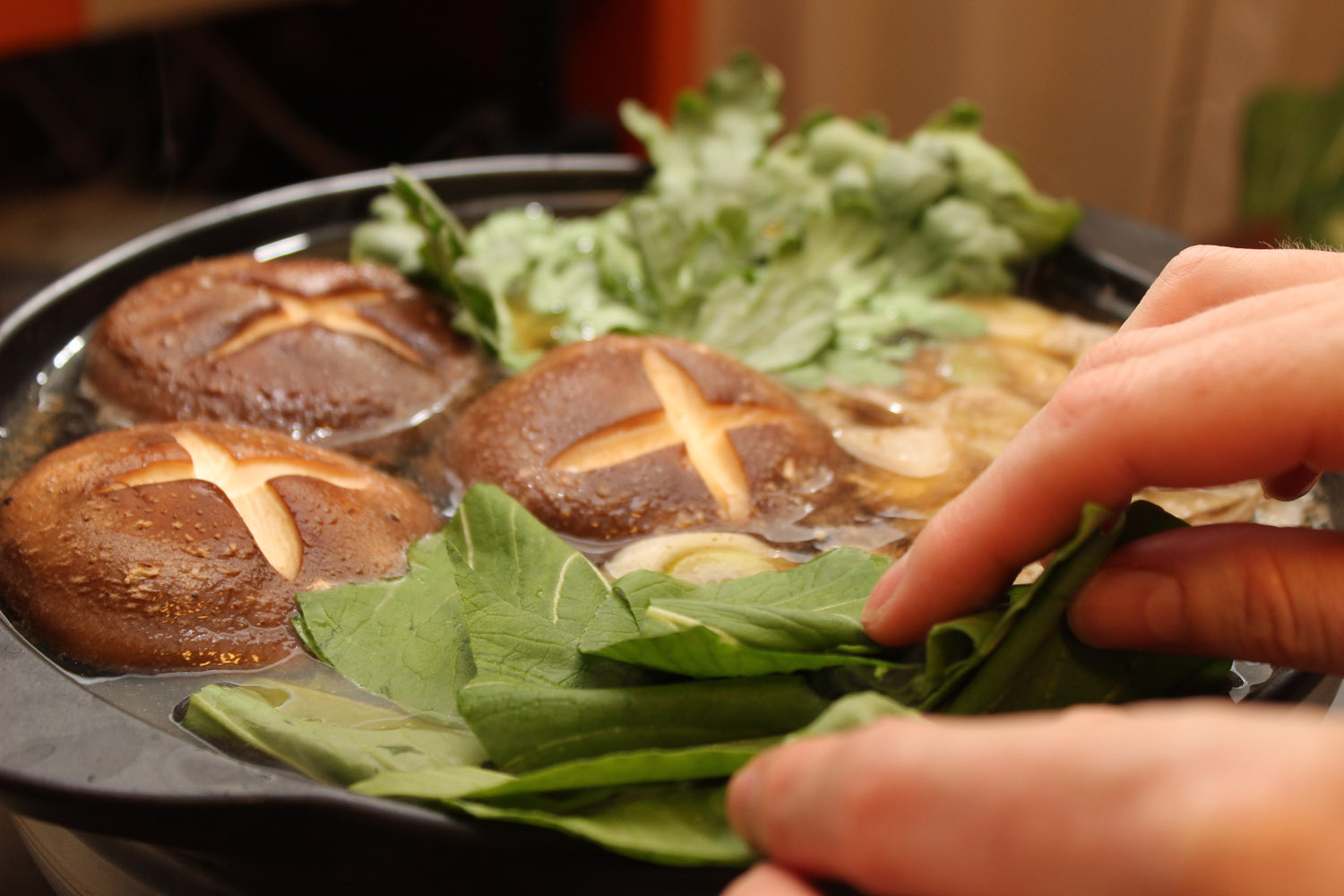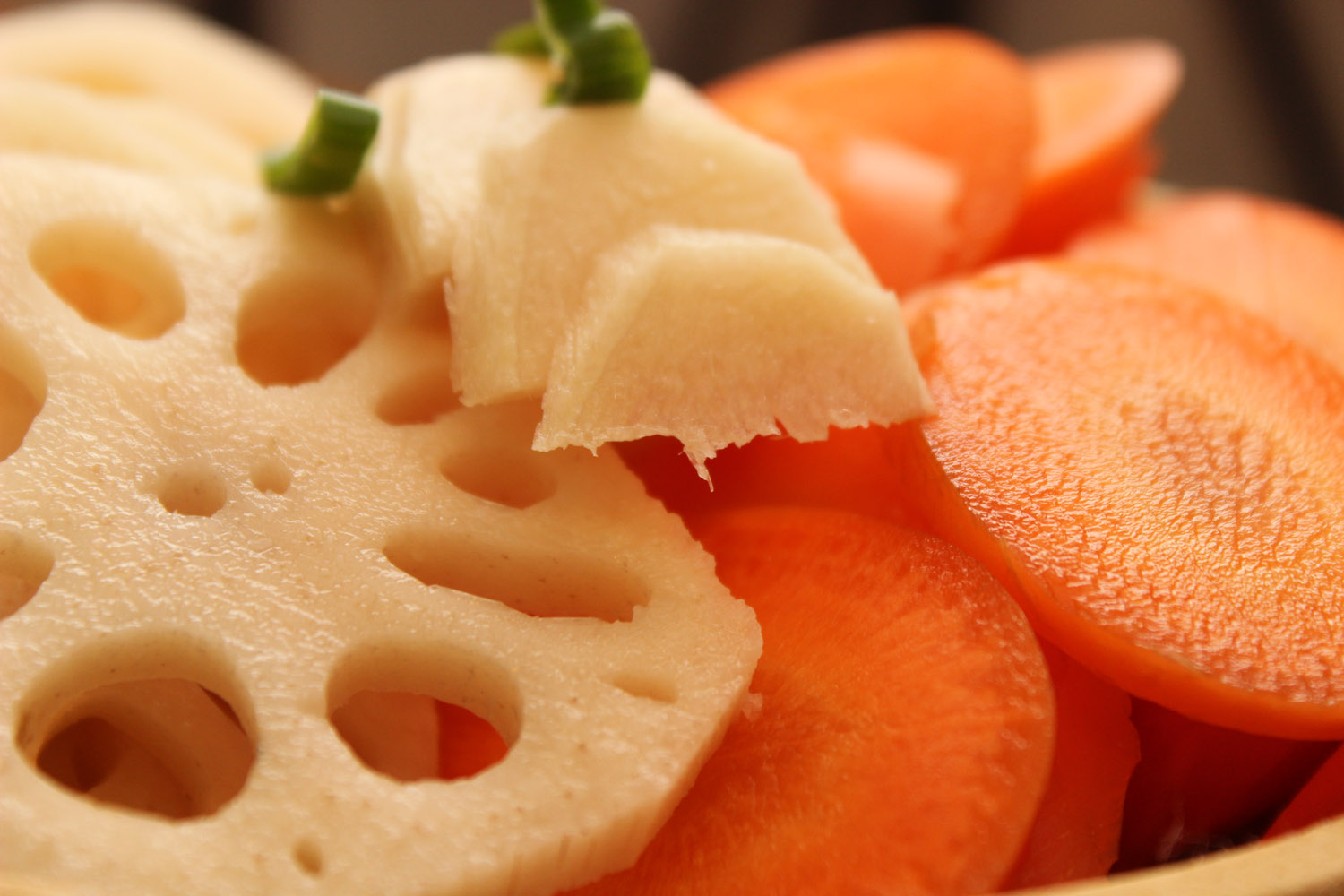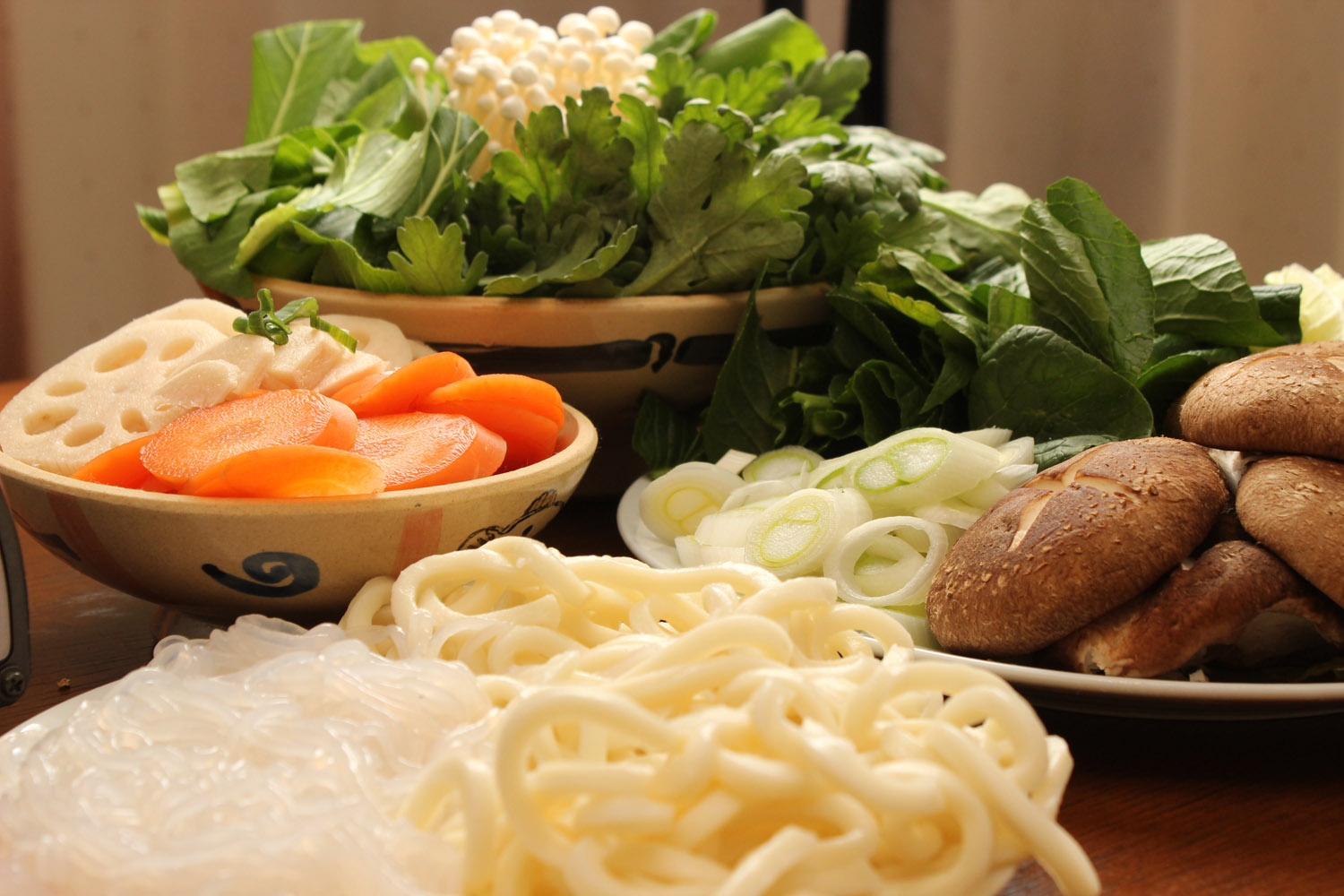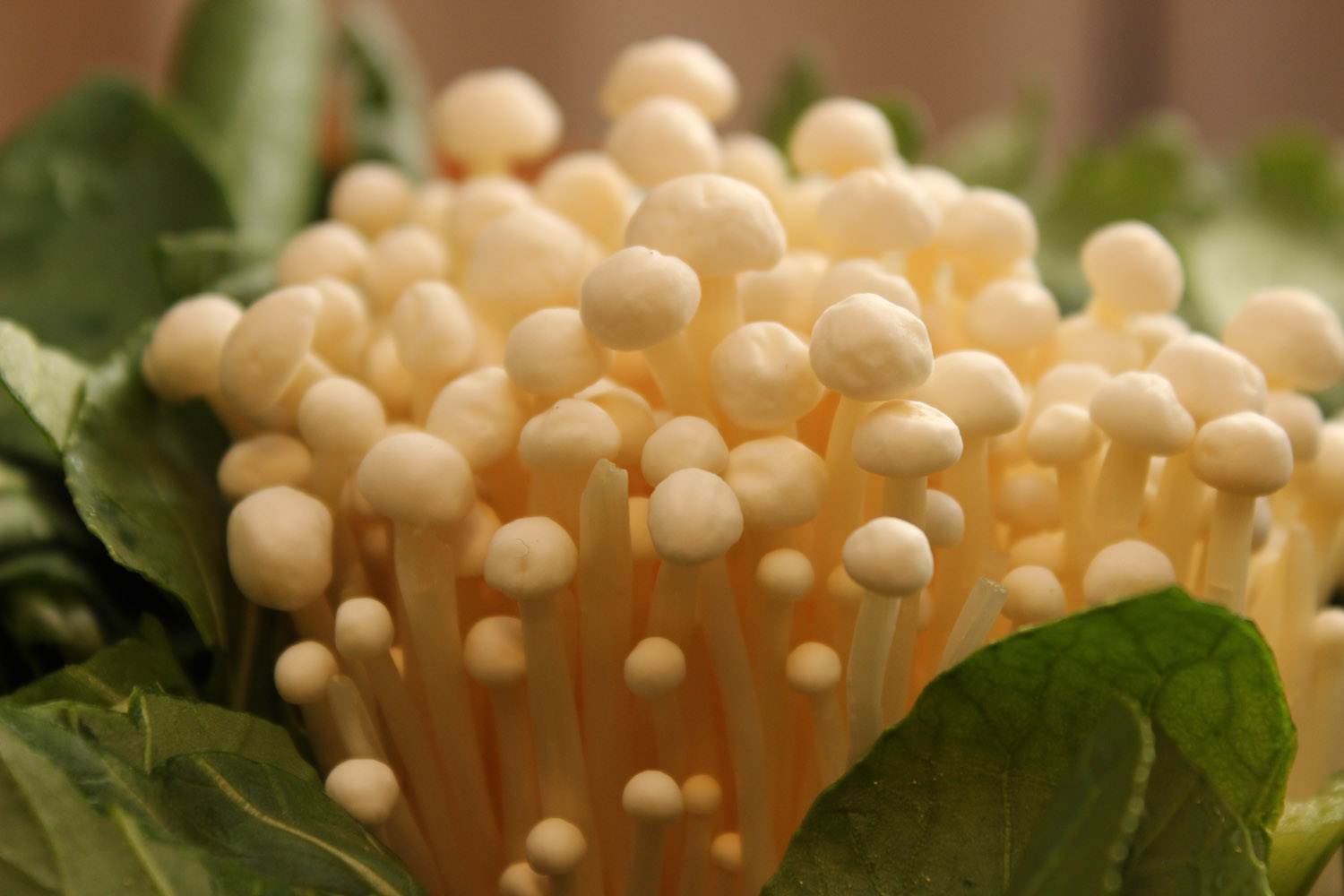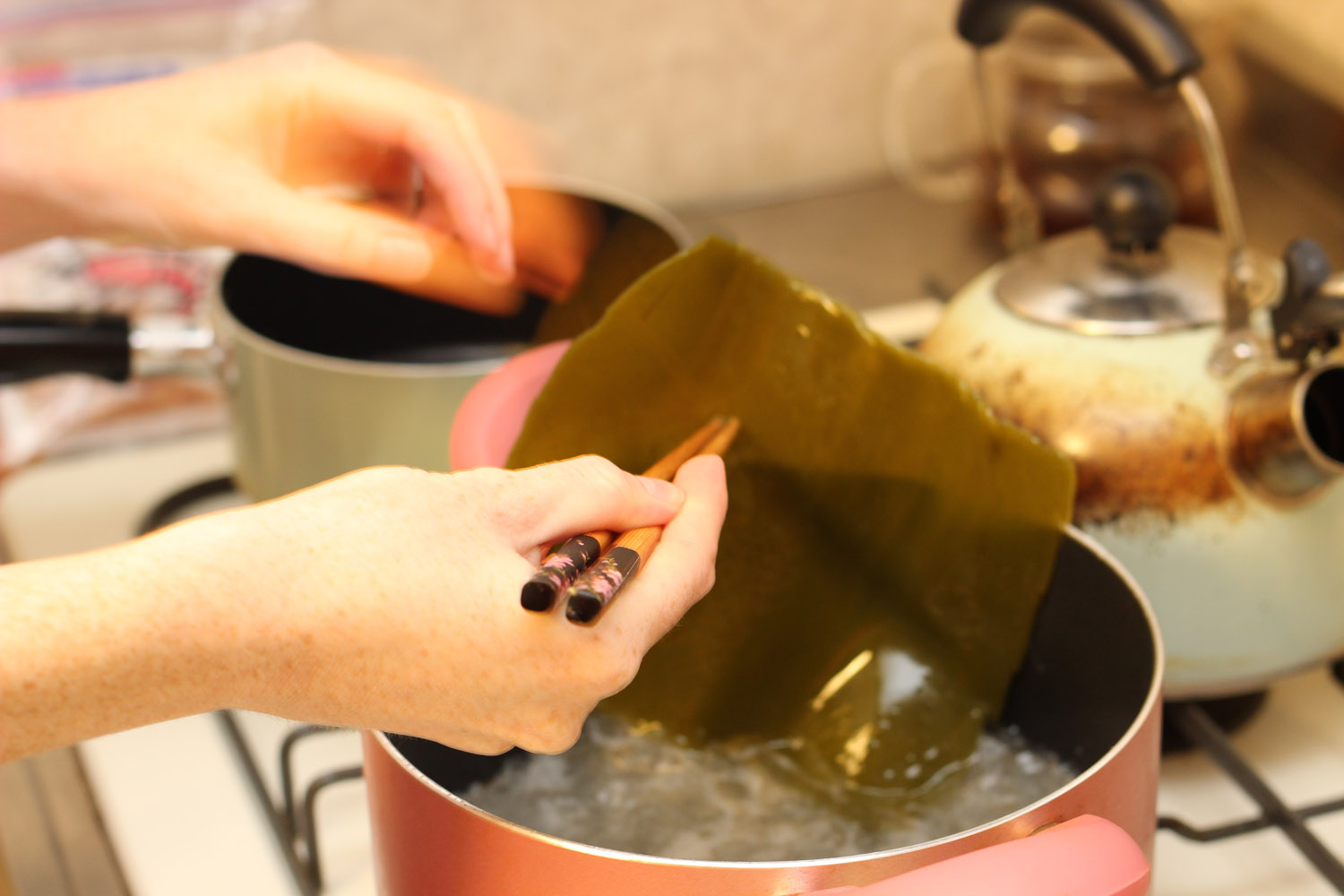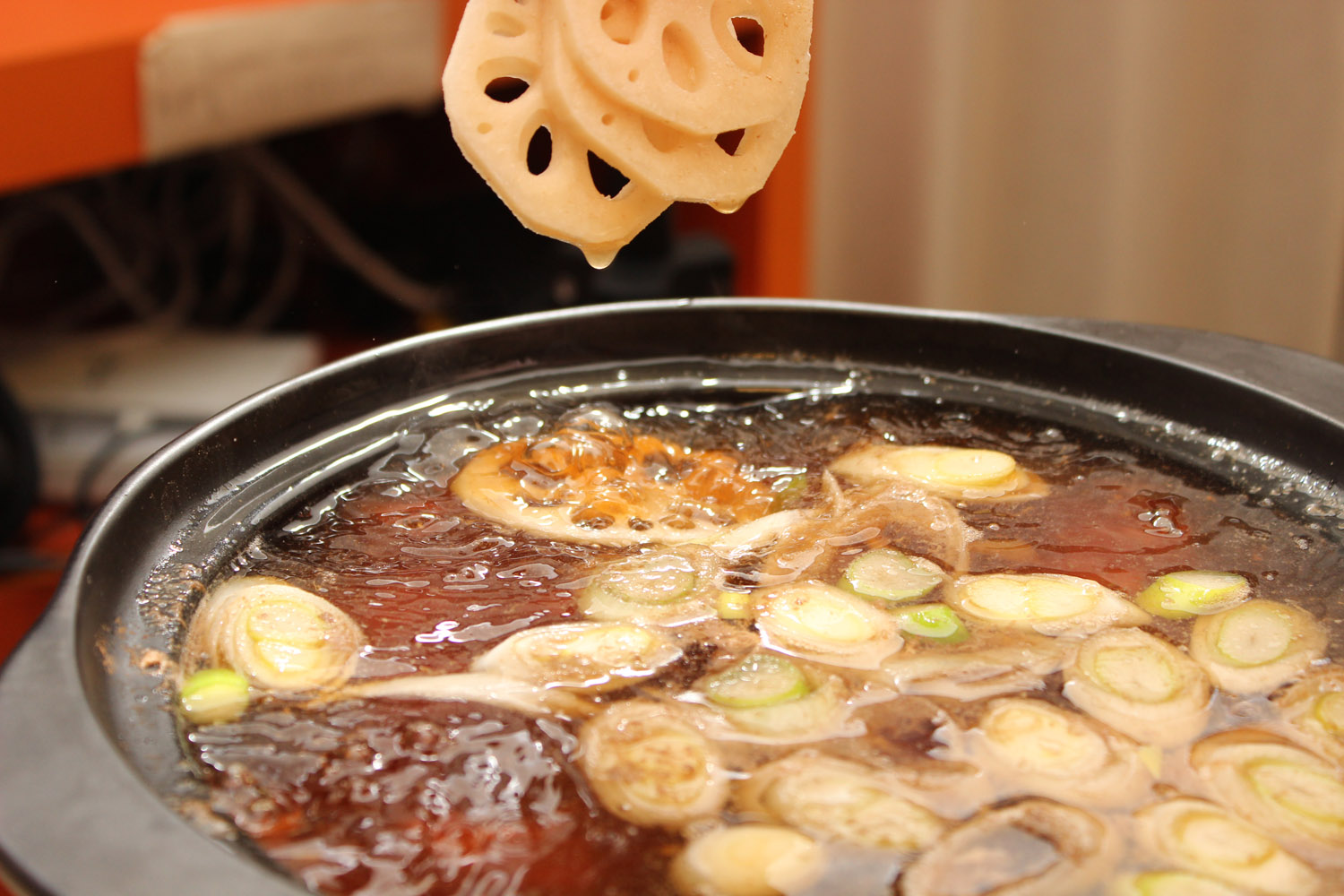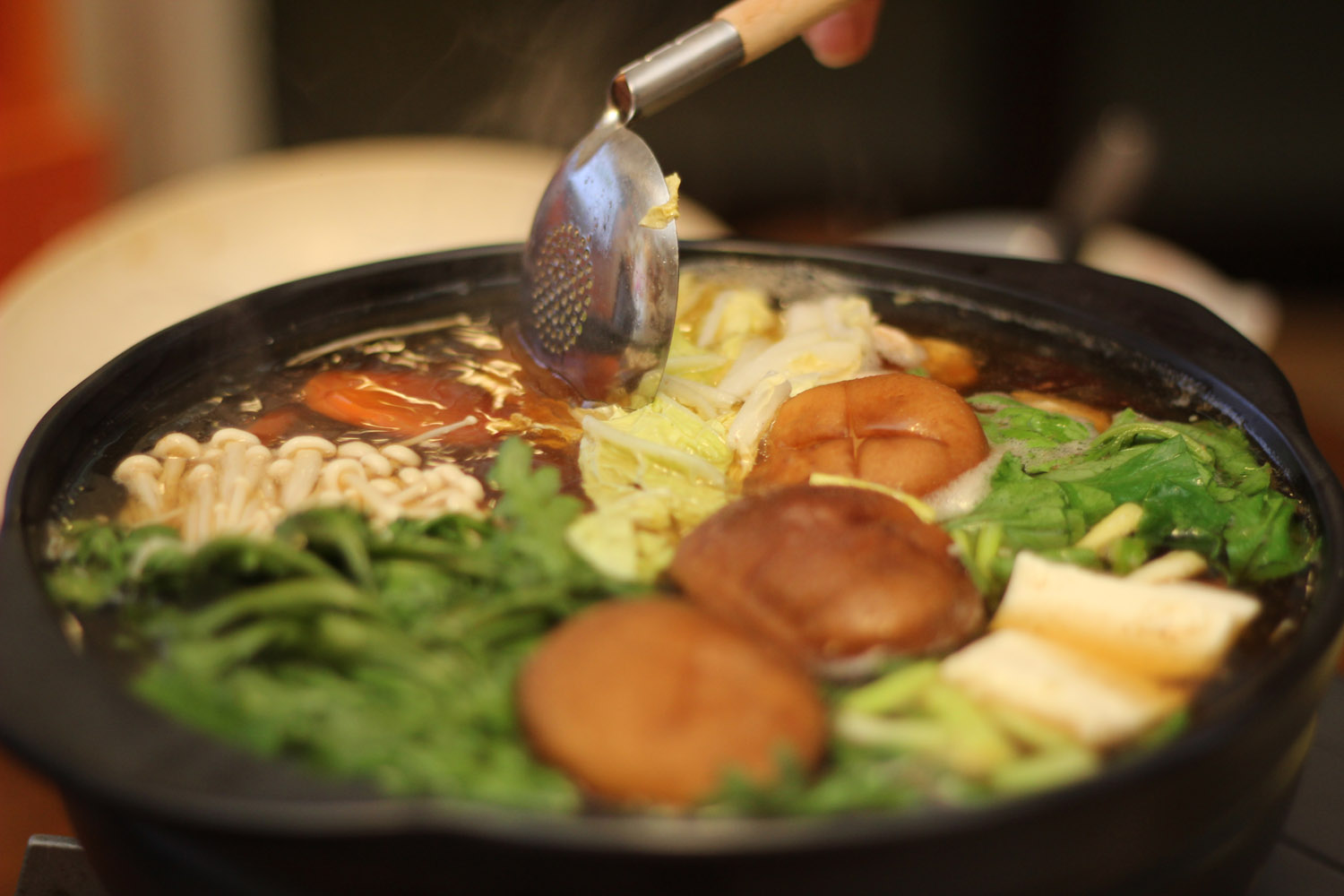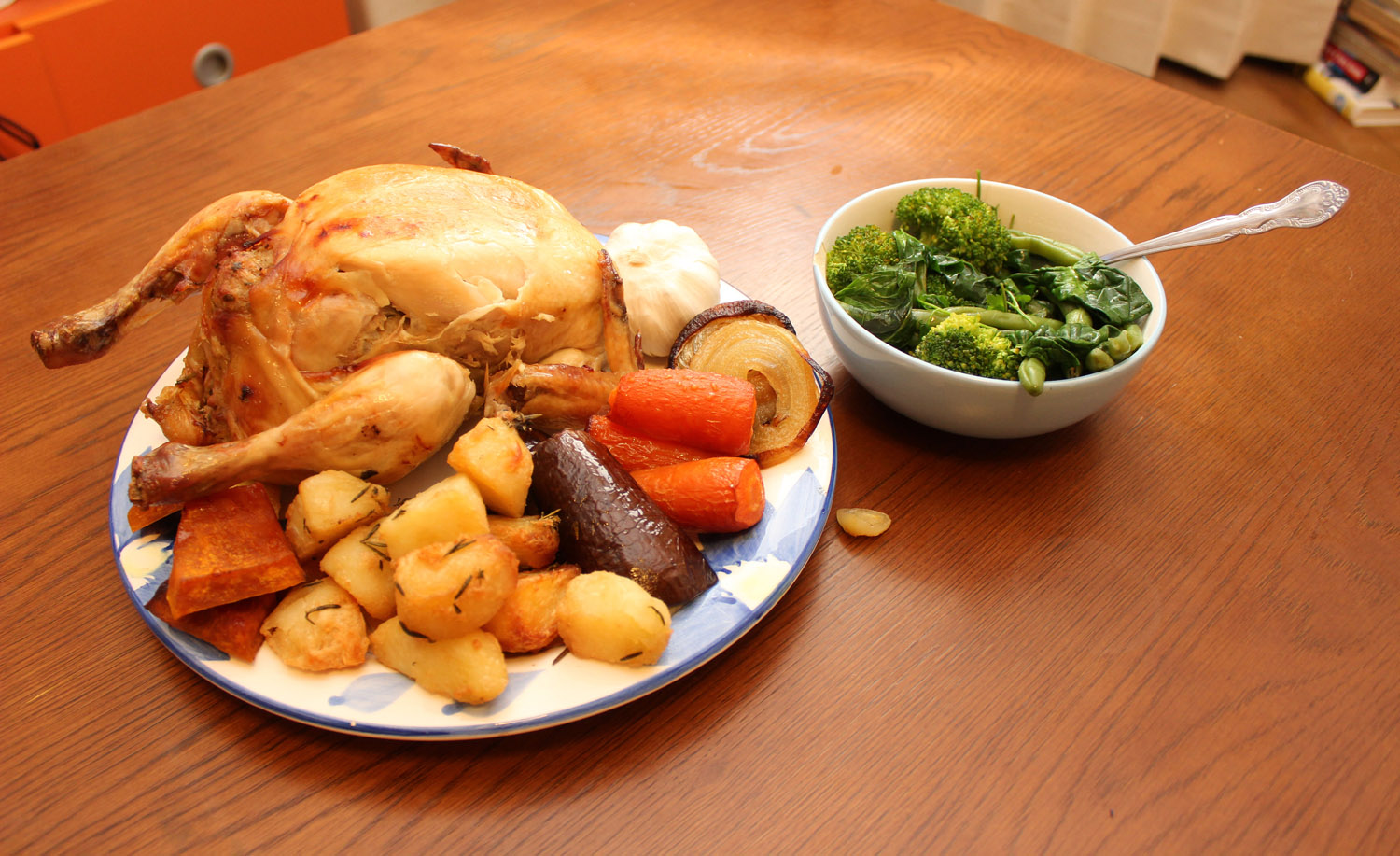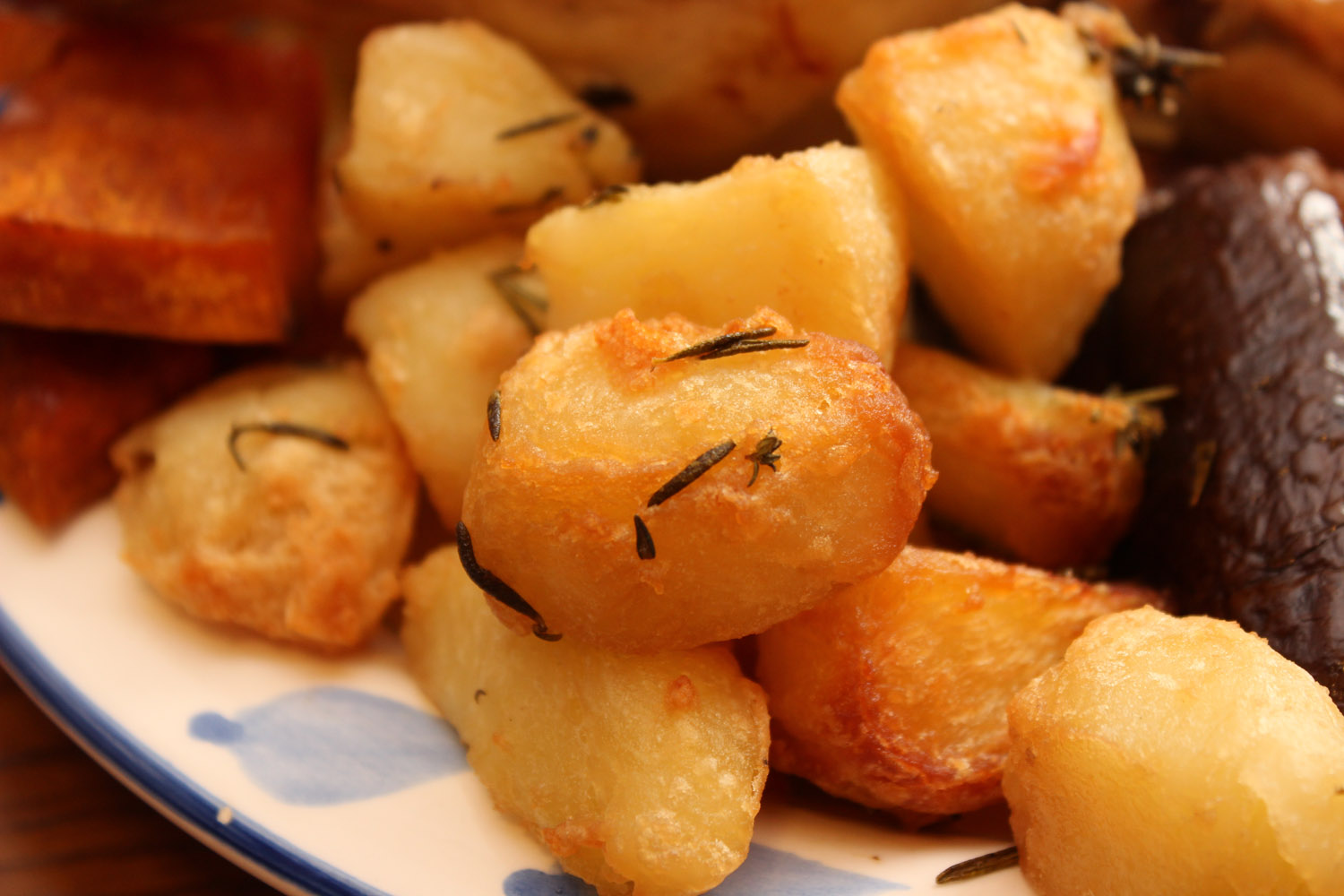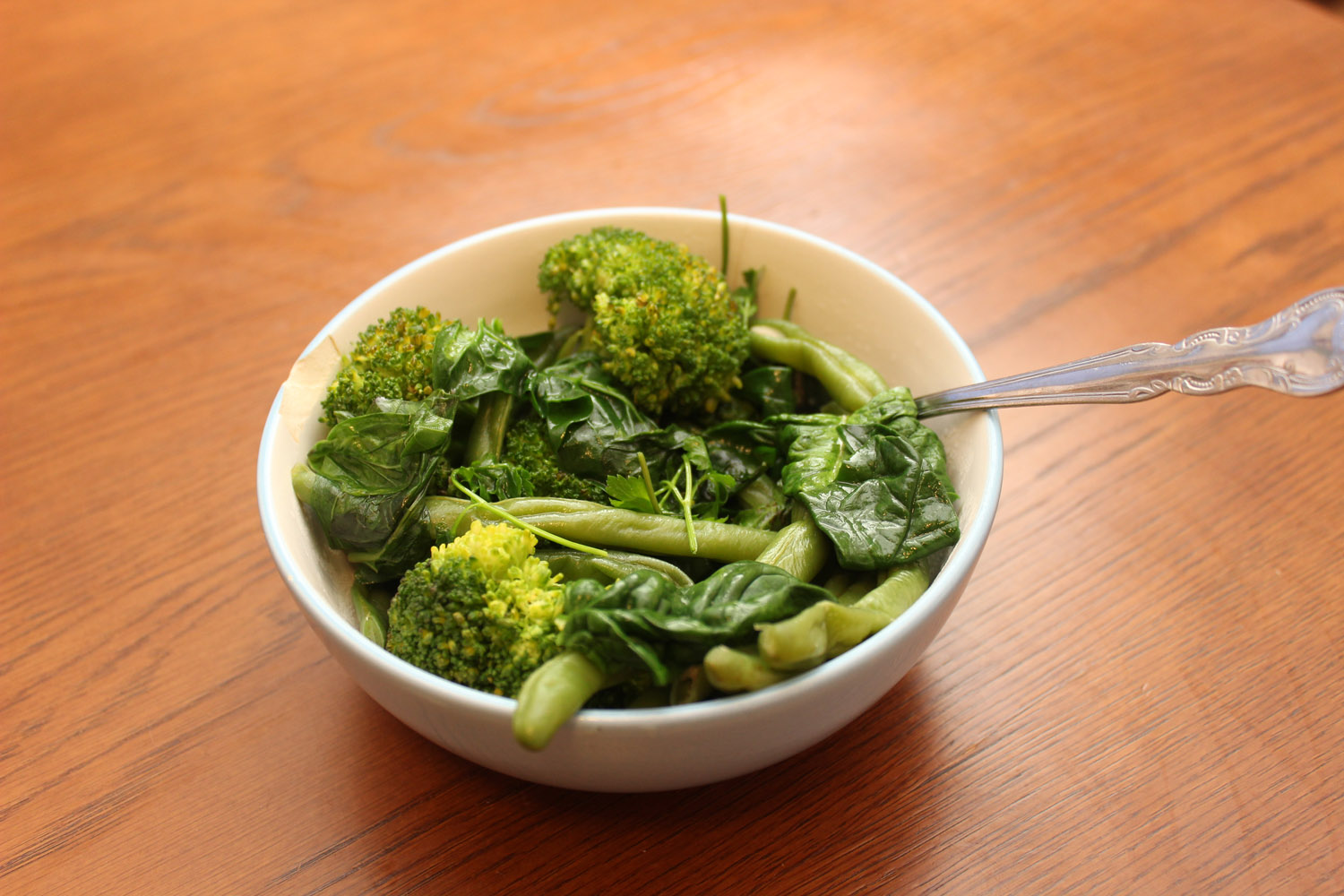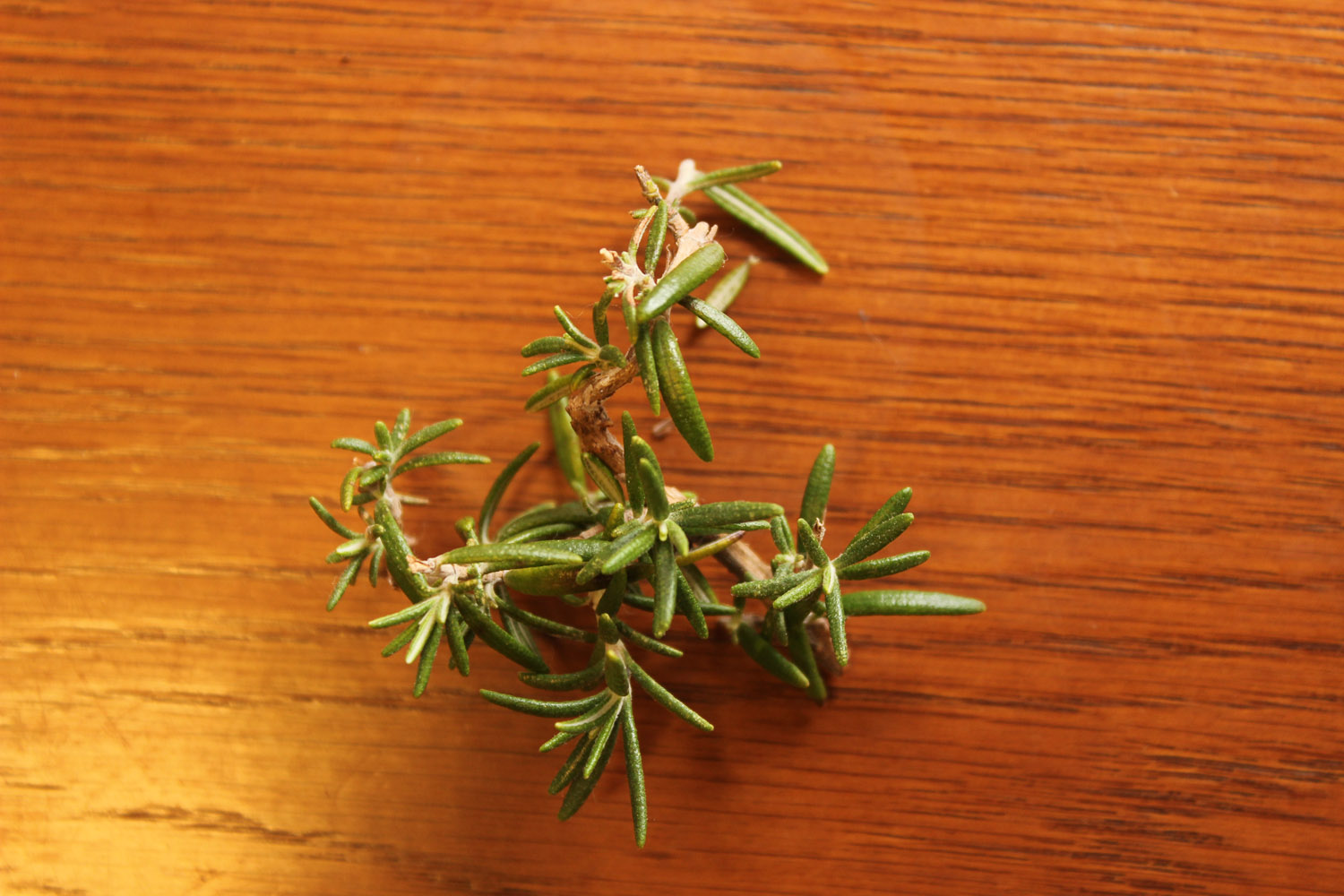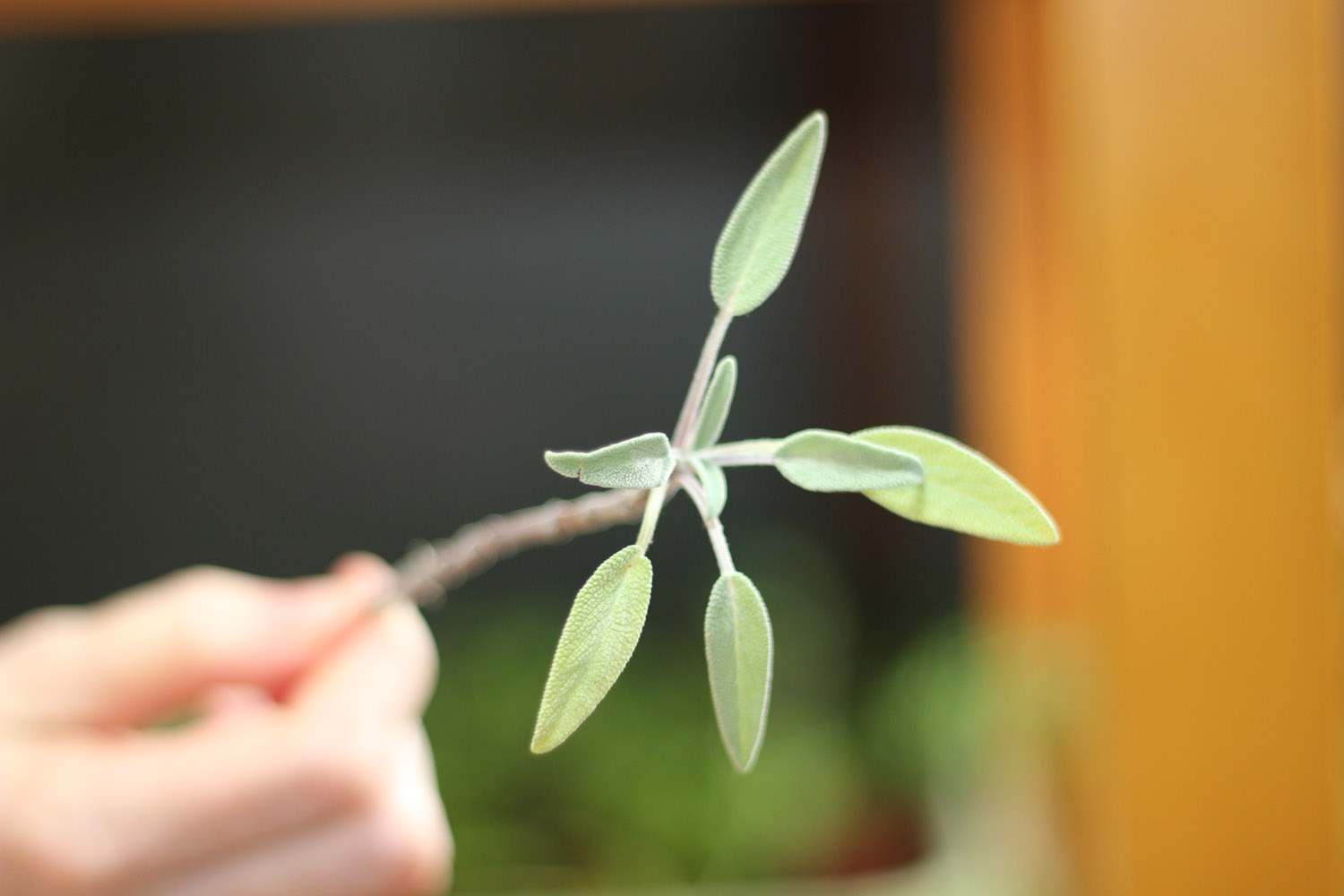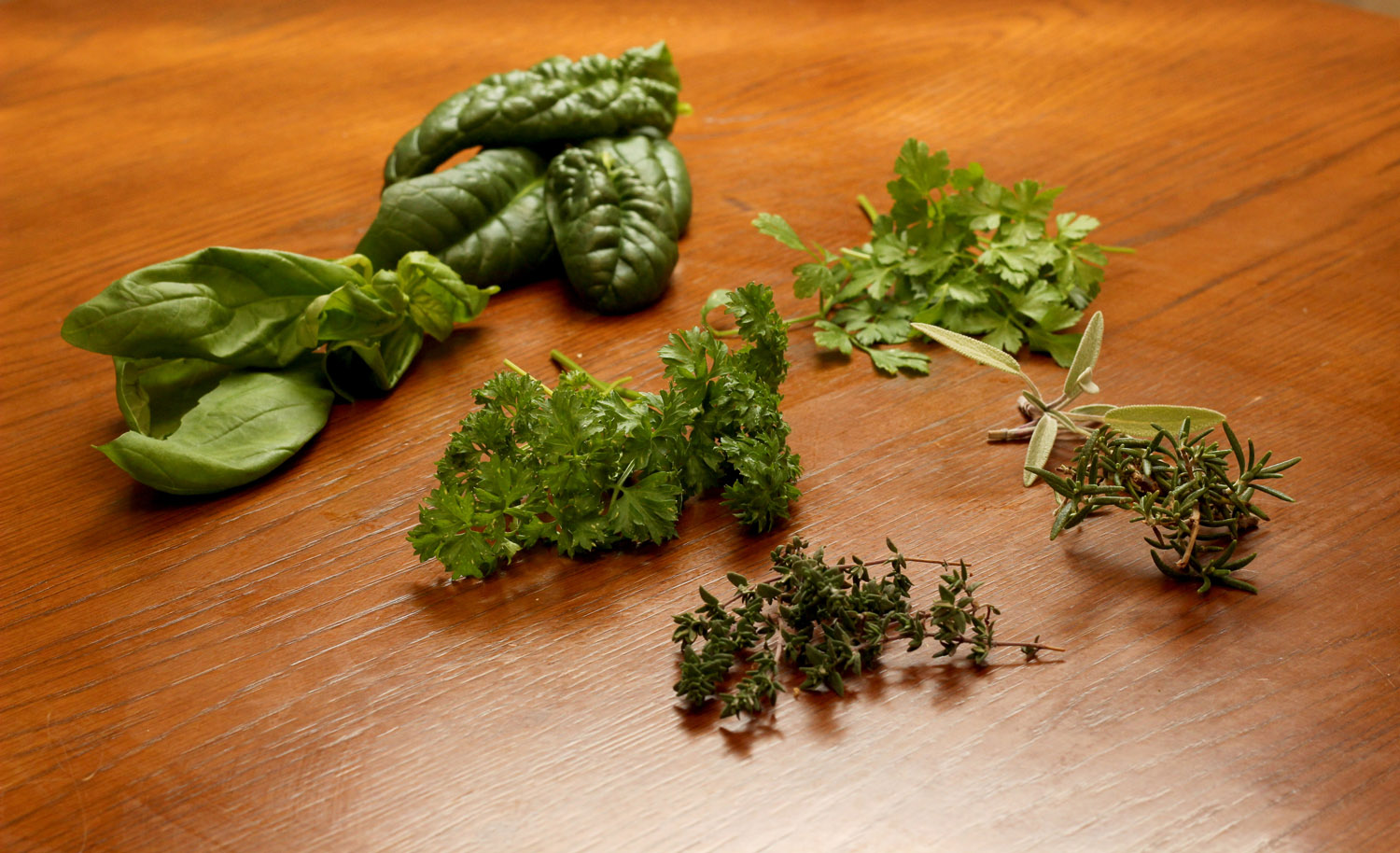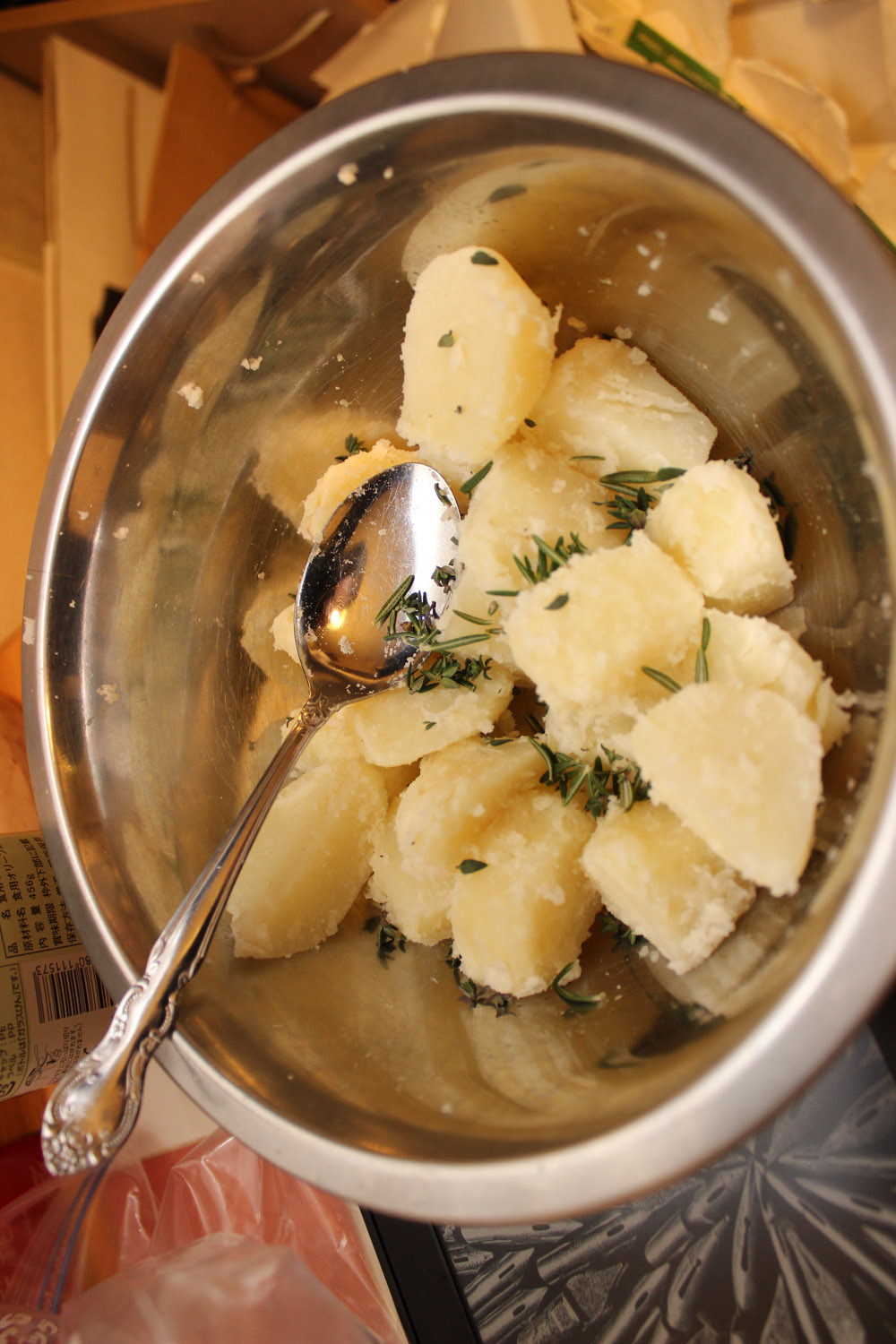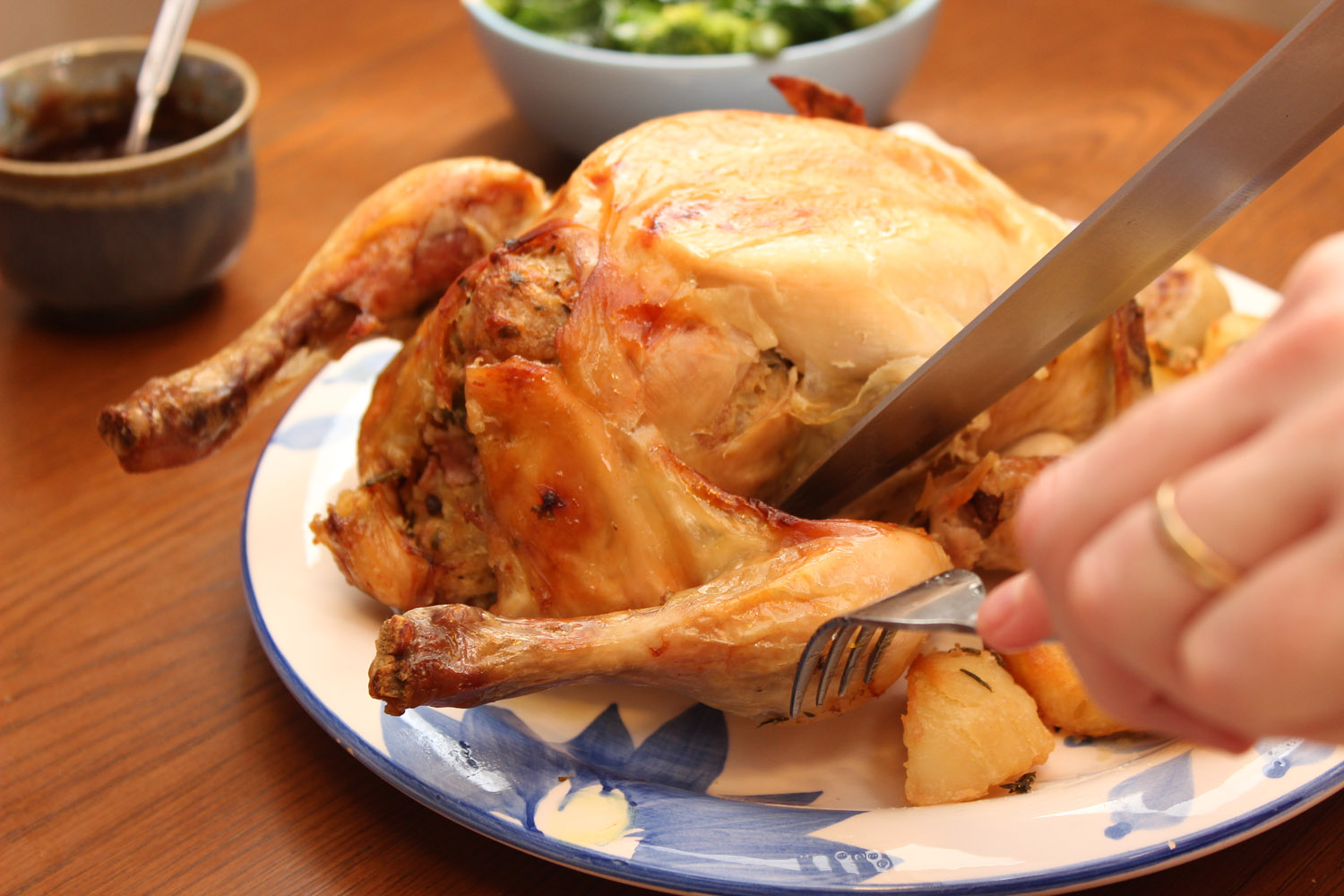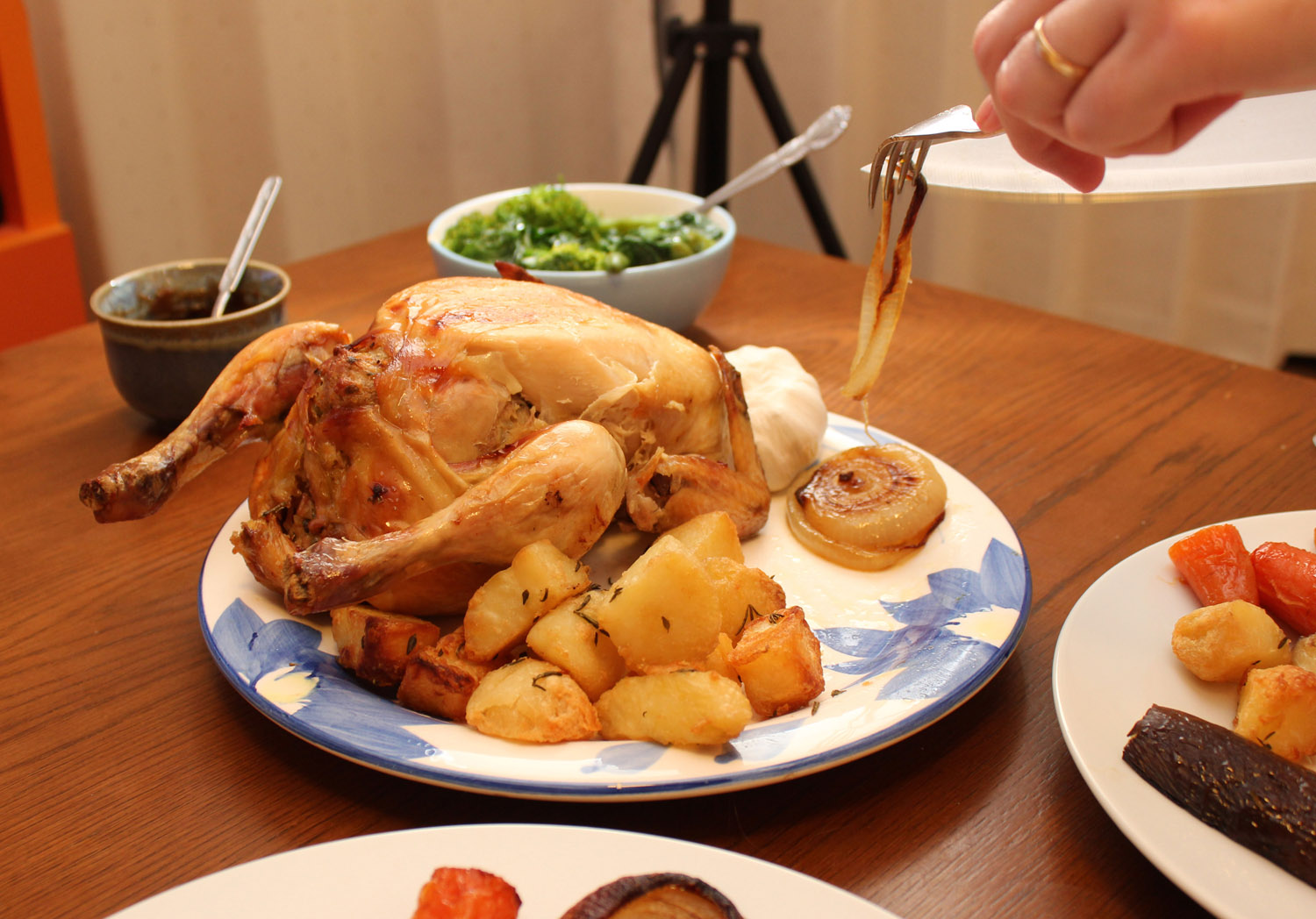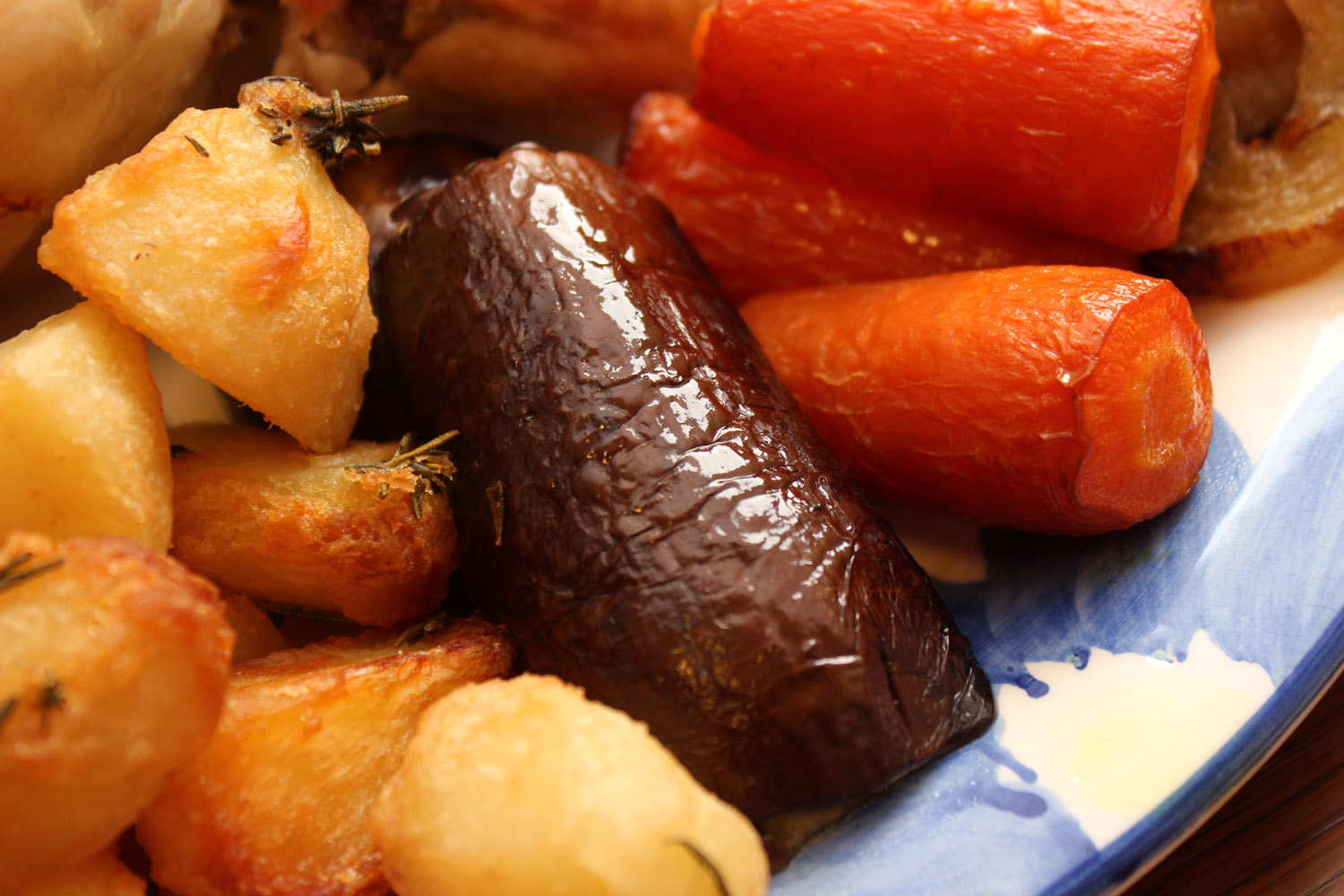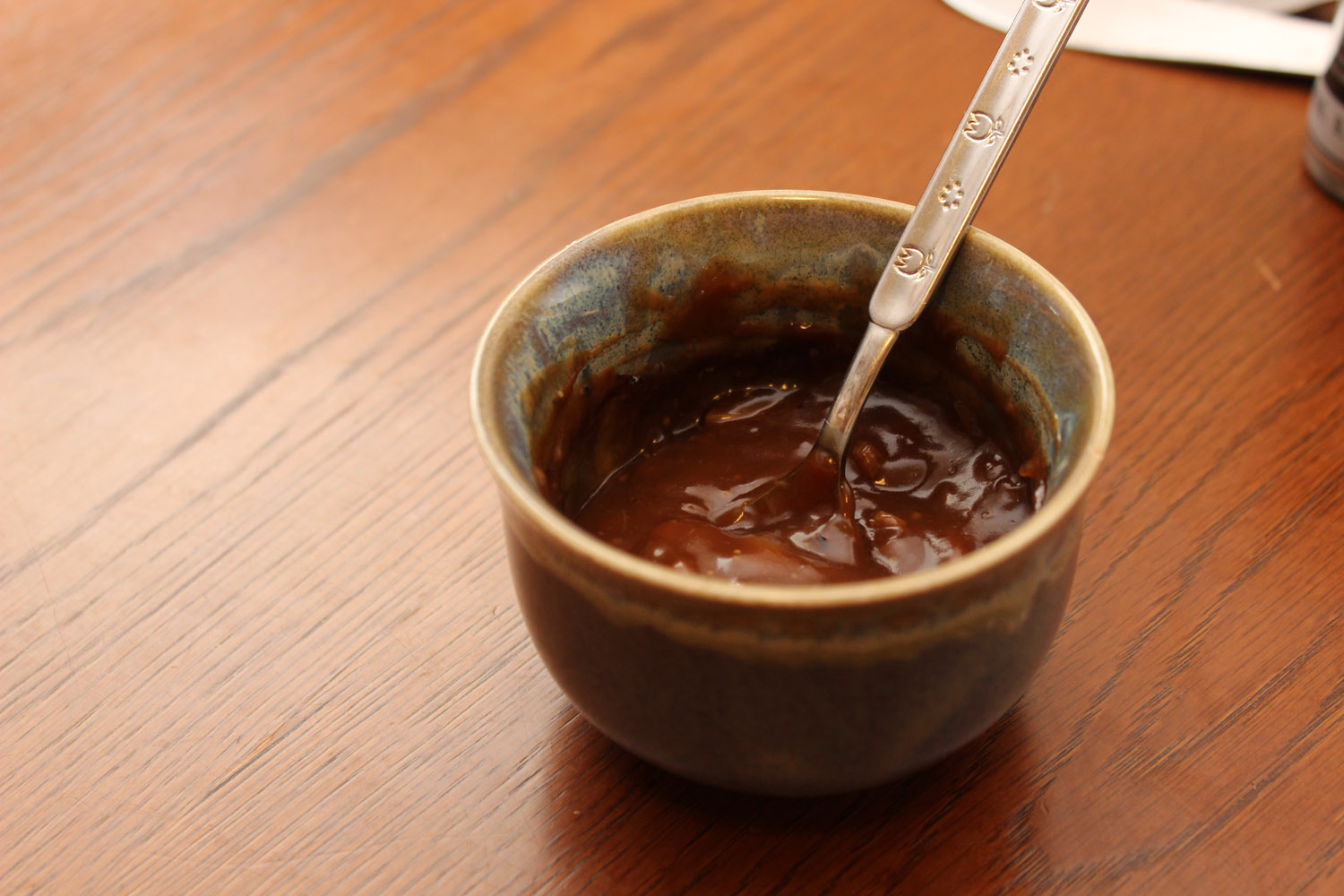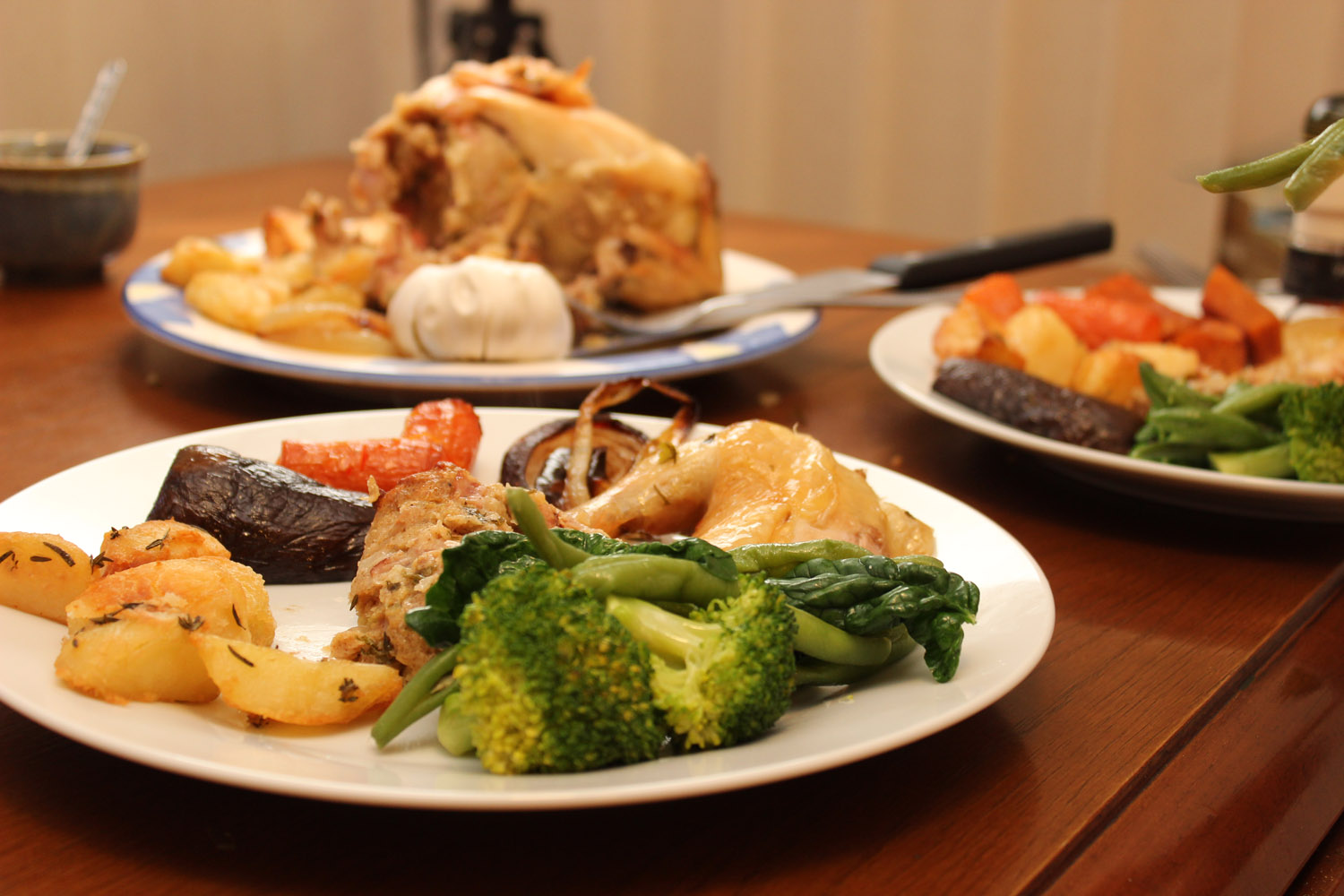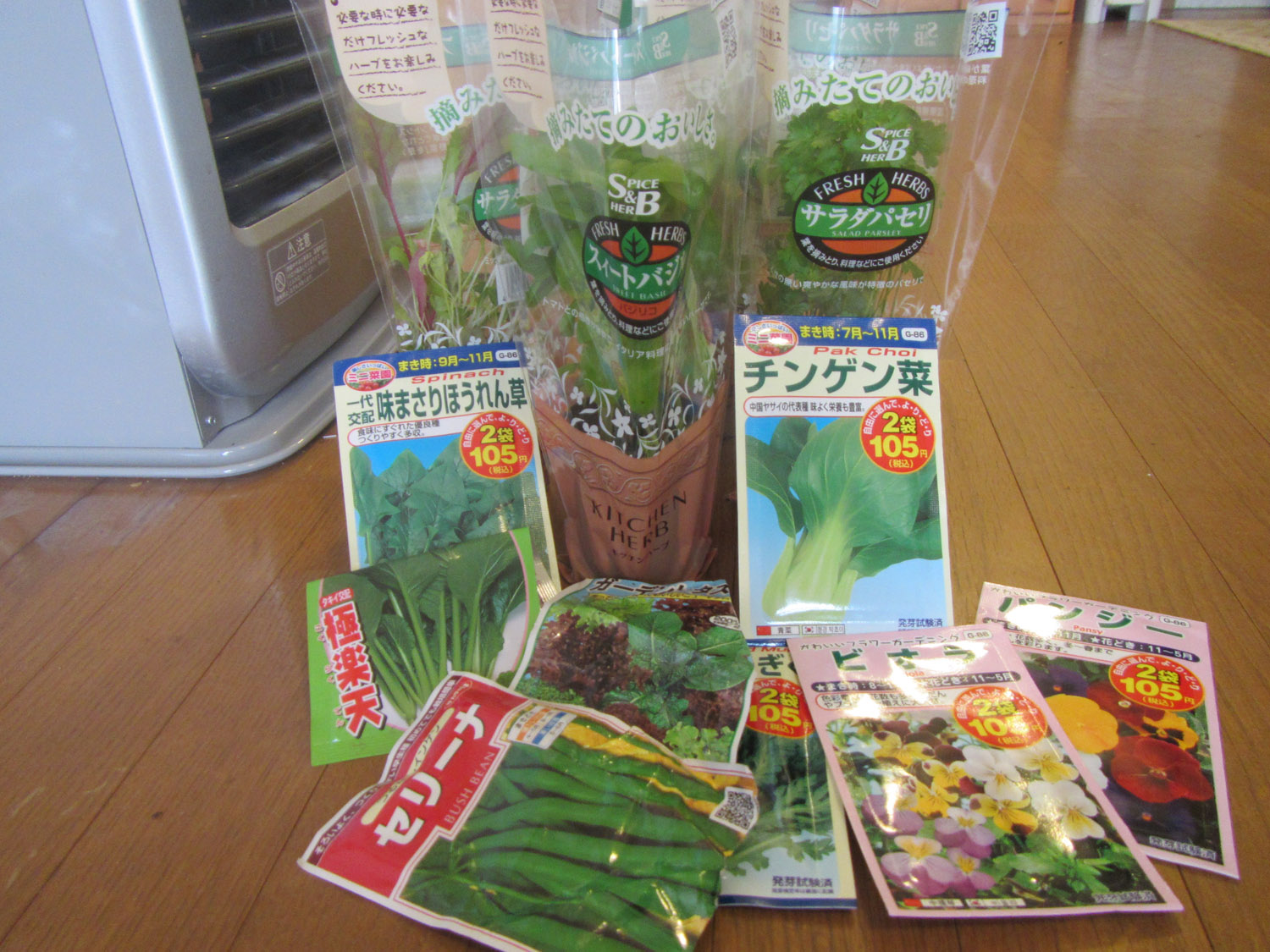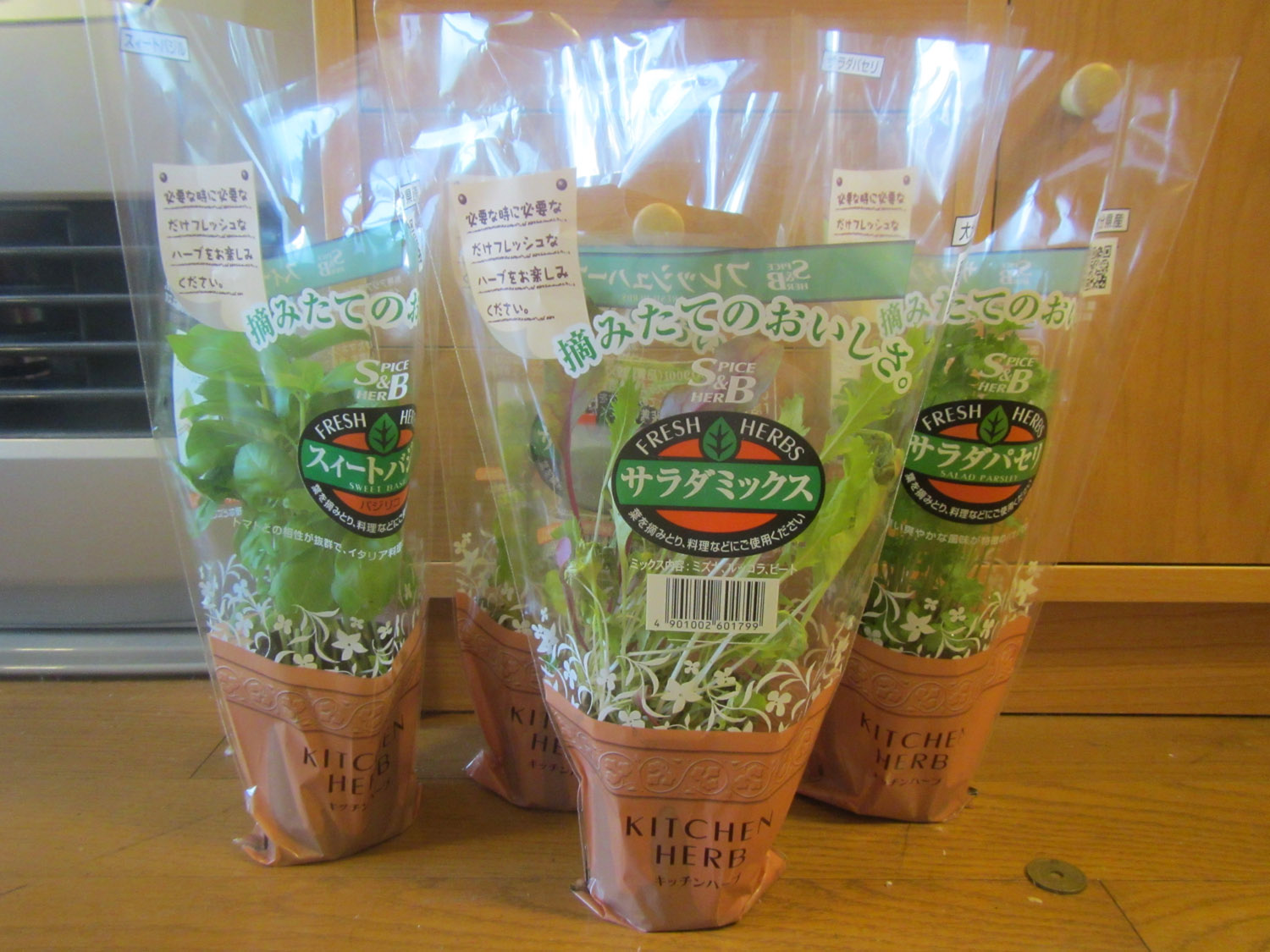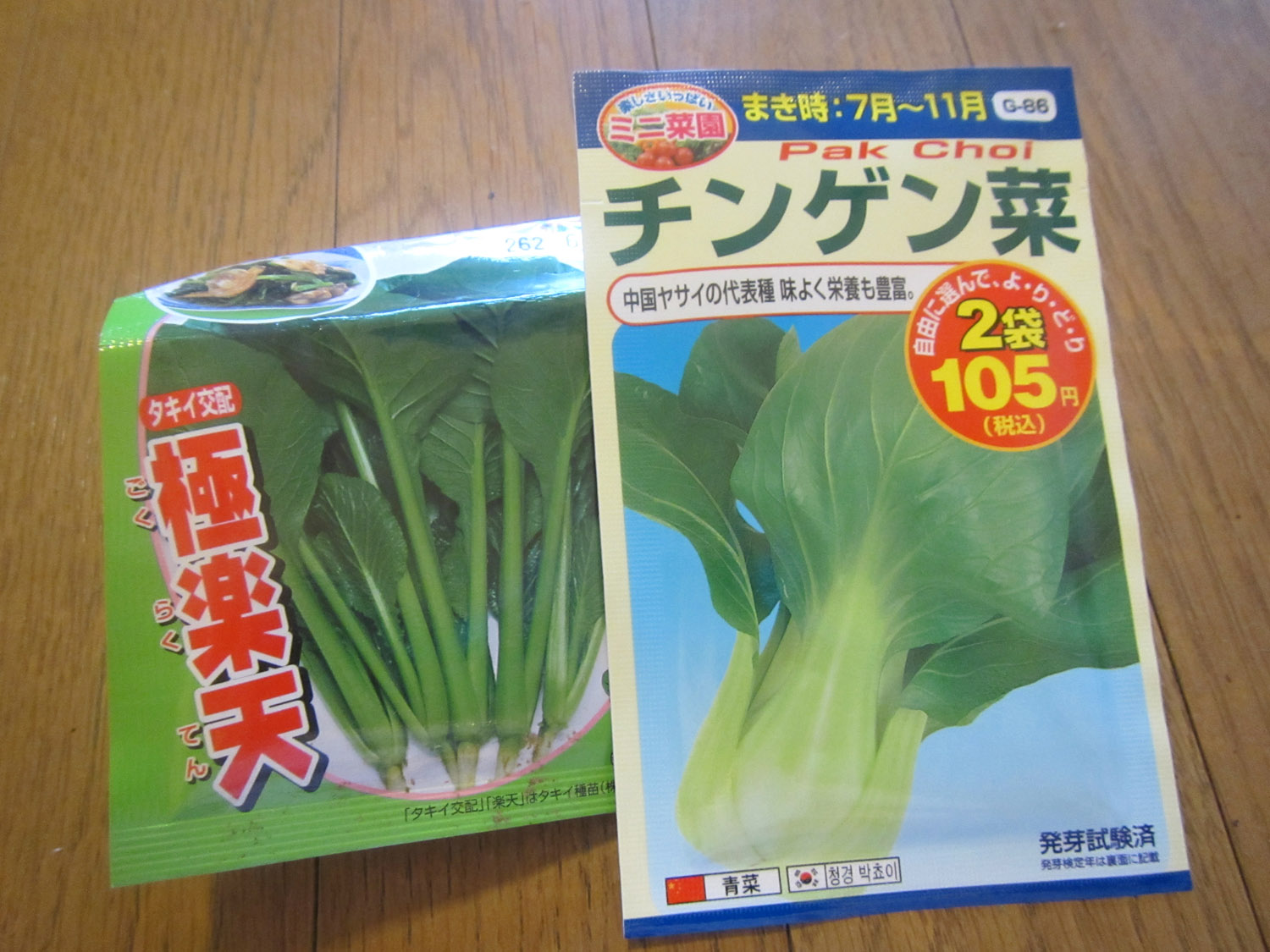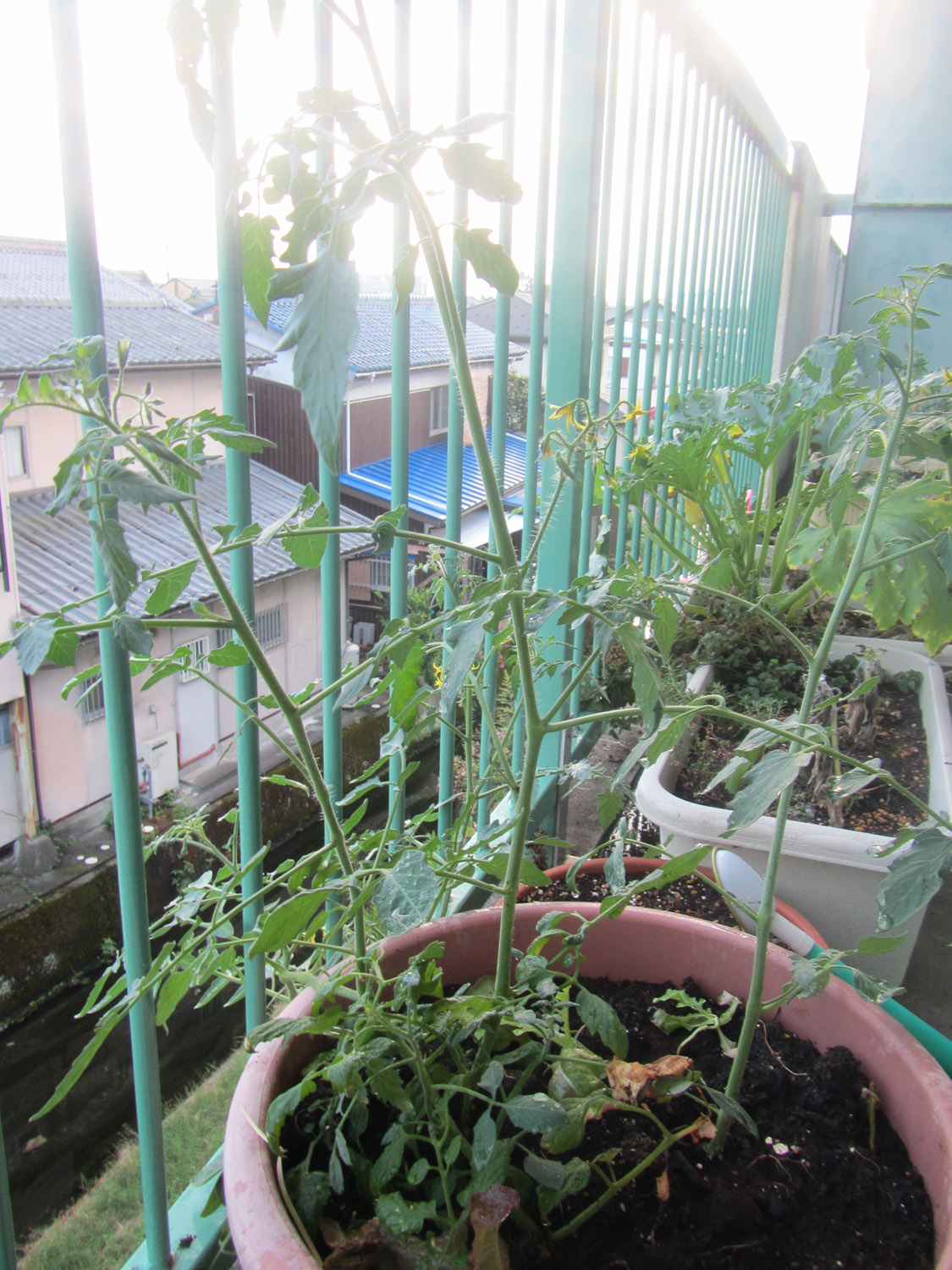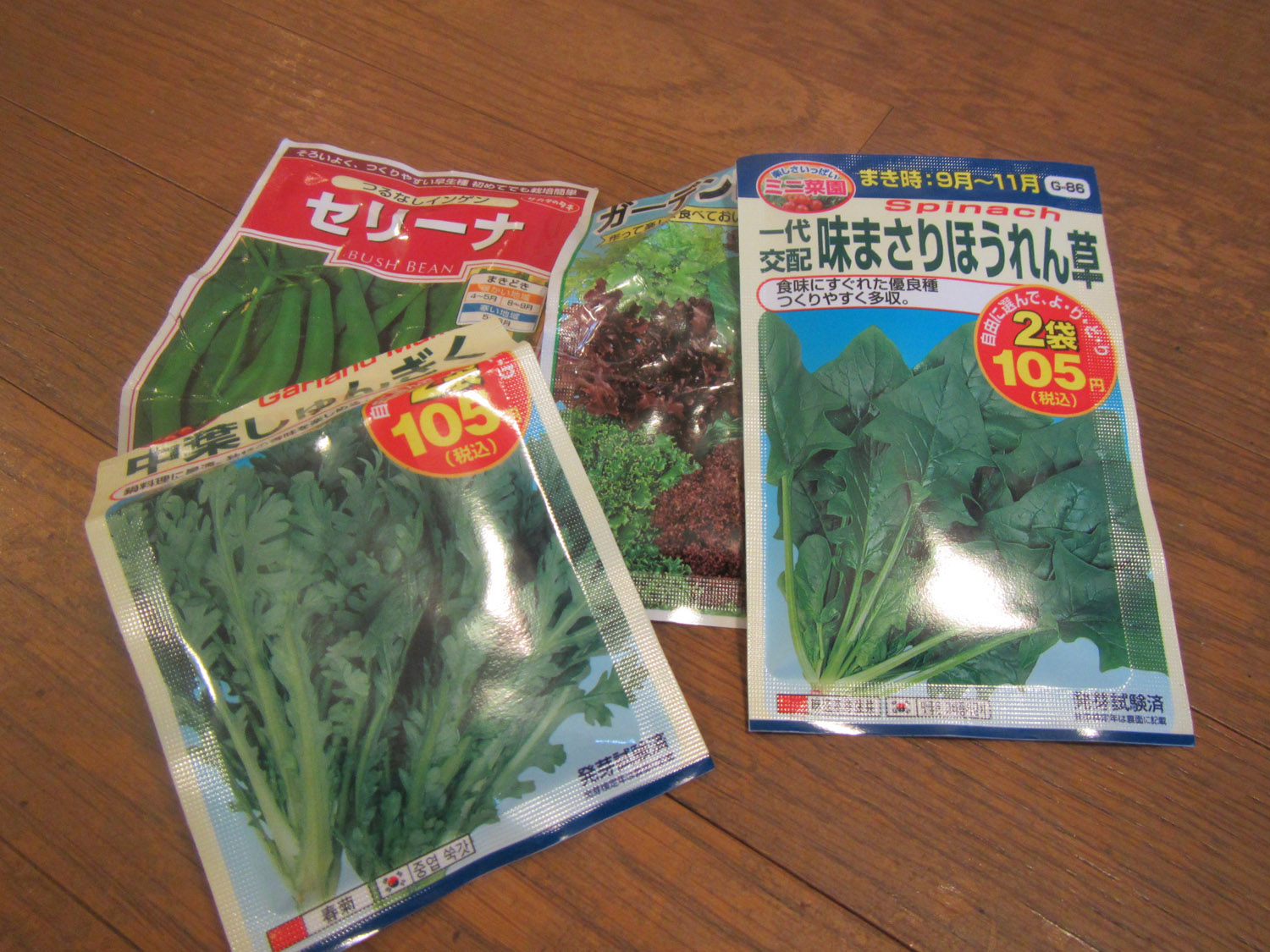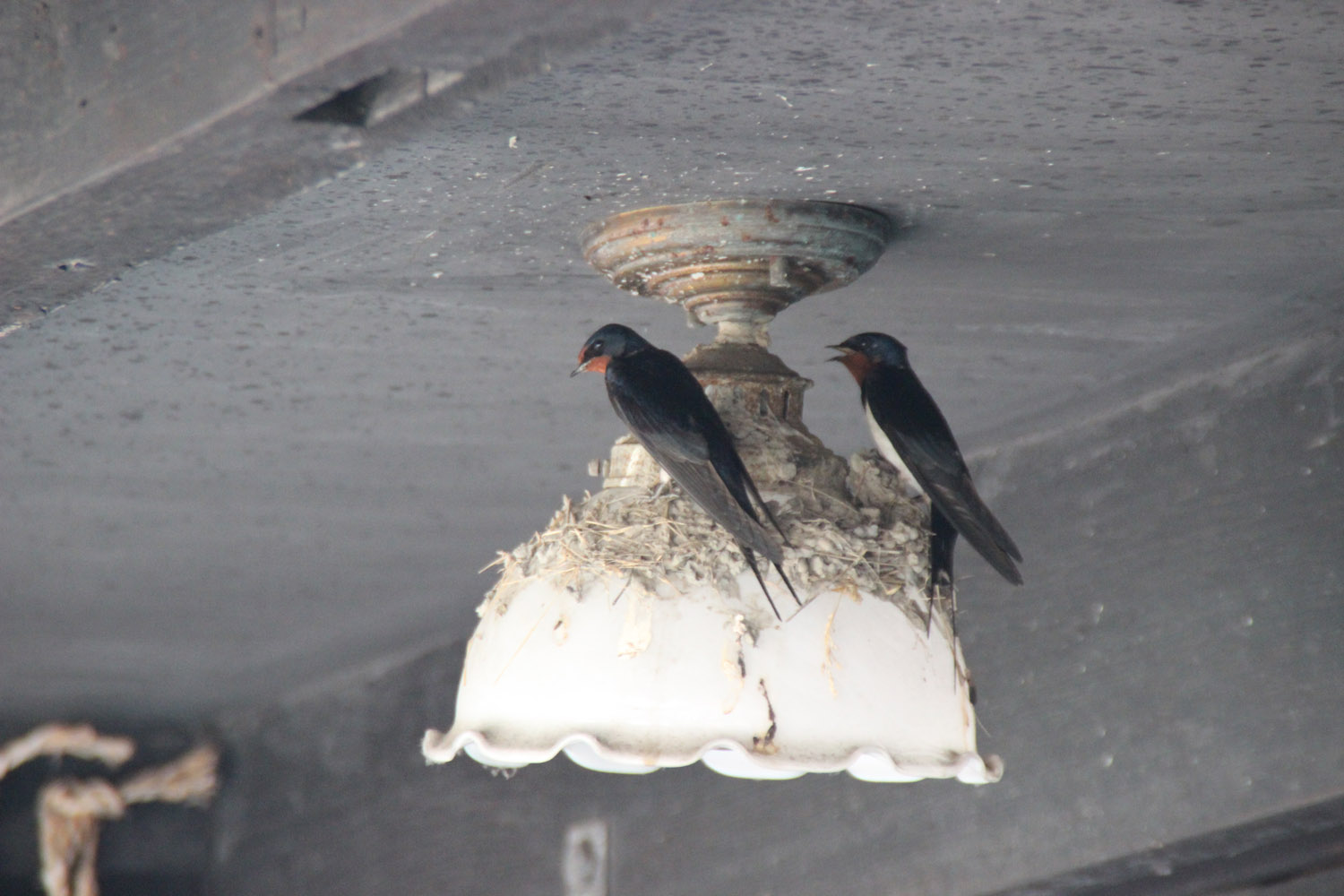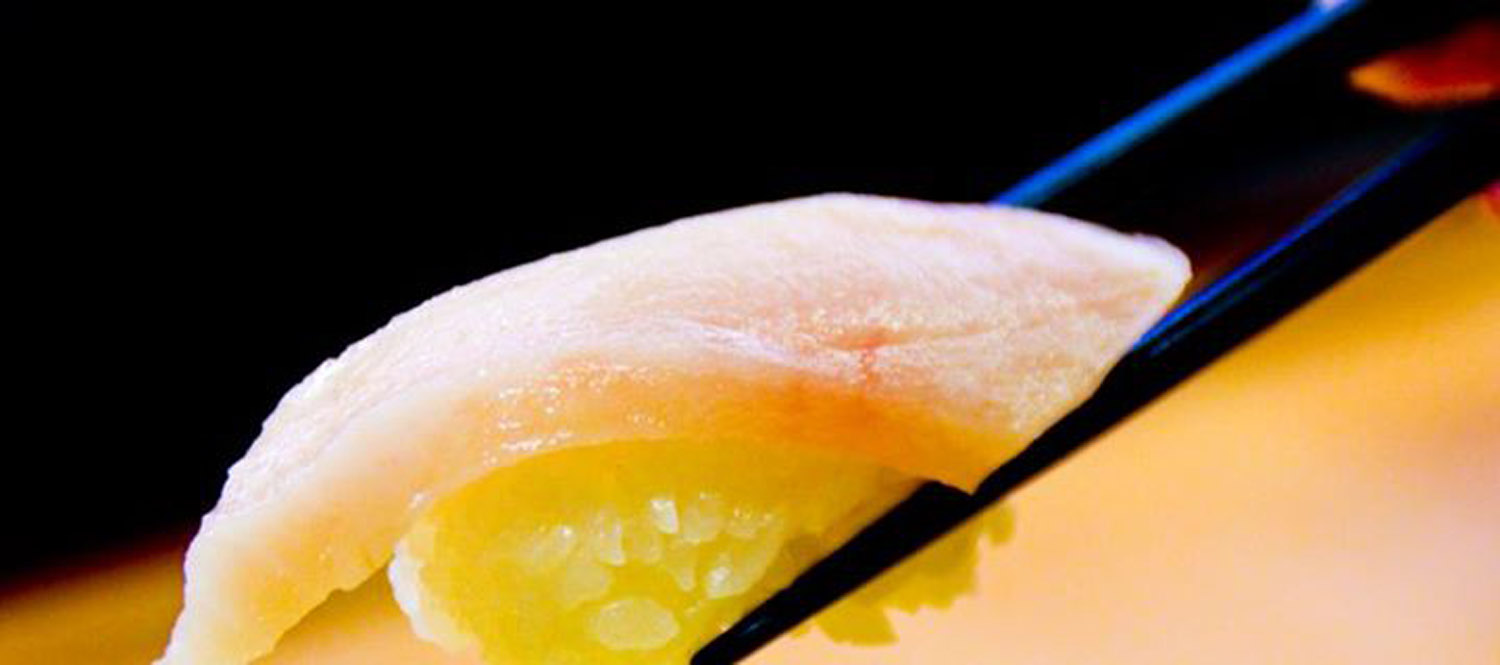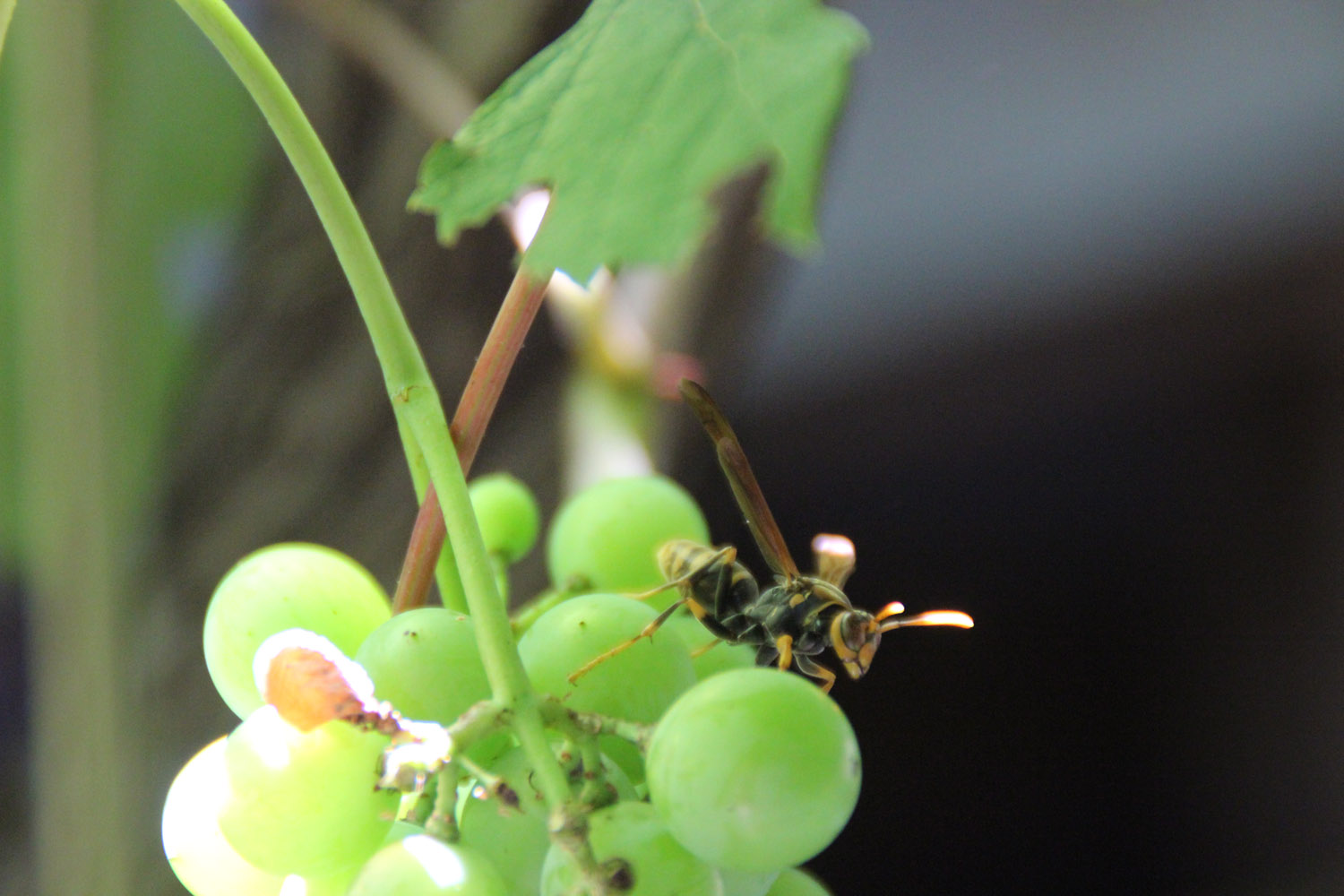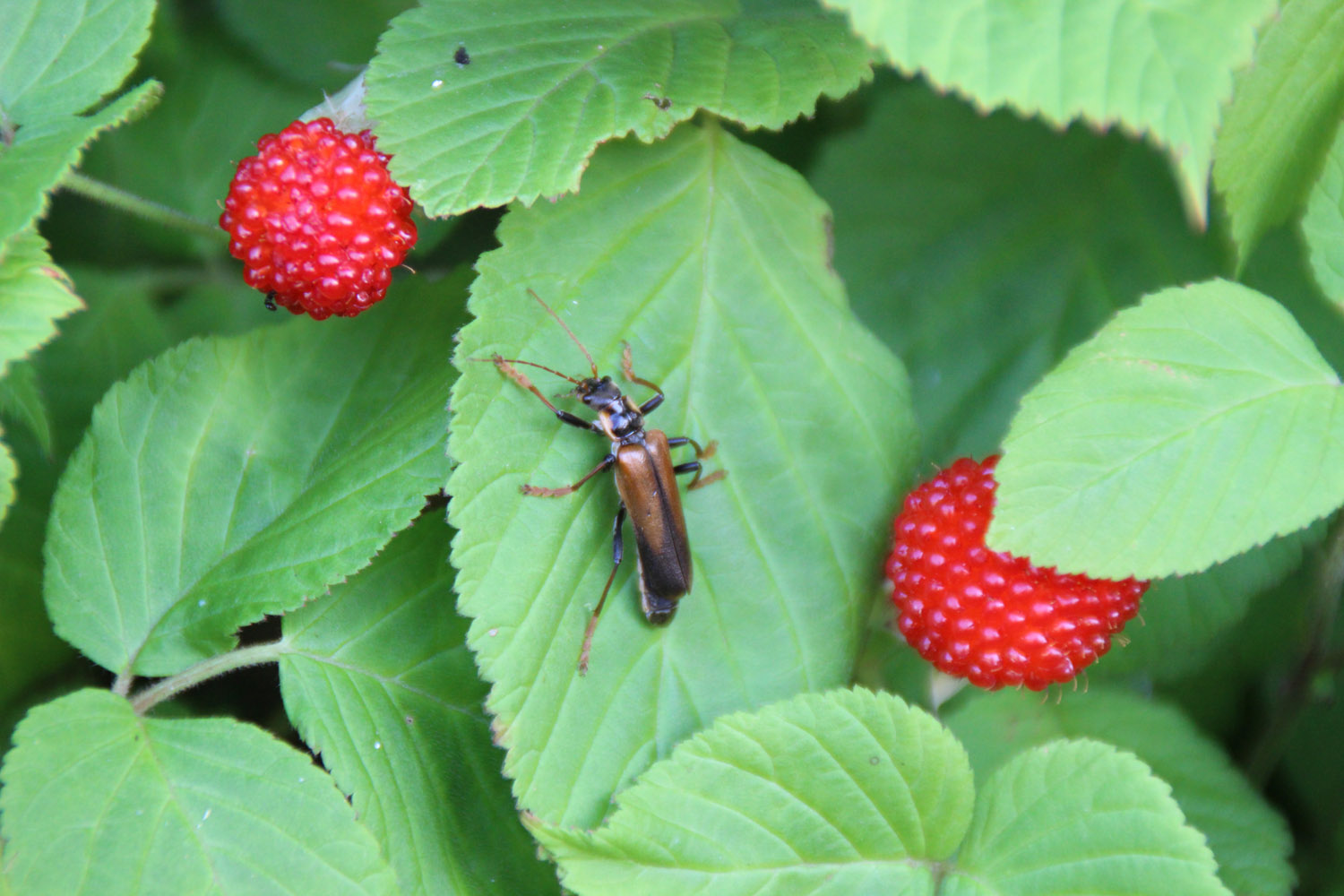EDIT: Up until this point, En Route had been a forum for Gem to complain bitterly about the school lunches provided in Nagahama. This entry marks the point at which the two of us started journal-keeping; the complaints are still available at Kyuushockers.
By Gem
Kin and I wound up doing some fabulously exciting things in May. Clubbing in Osaka, parties on boats, capsule hotels and trips to Gifu, not to mention lots and lots of travel to all sorts of wonderful festivals.


Trouble is, we’re just not fabulously exciting people. We had a fantastic time at all of these events (which is why we keep getting invited, heaven help us) but we tend to need a bit of time between parties to recharge. This weekend, we did hardly anything… okay, we did go to the firefly festival in Moriyama and we also did a four-hour bike ride yesterday, but that was just the two of us and was strictly local. This weekend has been recovery time. Time to do our housework, time to exercise (hence the bike ride), time to spend together. And we’re both feeling so much better for it. I’m about to plan our menu for the week, Kin is making me a pot of tea and the breadmaker is grunting contentedly to itself in the corner (it’s name is Oinky; when it starts kneading, it sounds like a relaxed truffle pig). When the time comes to go back to school tomorrow, I’ll be ready.
This Week’s “Awwwwww”

This girl’s writing practice sheet might be the cutest thing I’ve seen this year. My favourite is the one in the pool.
This Week’s Nightmare Creation

From the same fourth grade classroom. I’m not 100% sure who’s responsible for this one, but I have a few guesses.
Time at home this weekend has given me a chance to do something else; something I’m about to become demanding about.
Starting Out in Summer – Or – Do Some Gardening, You Lazy Tossers
Southern hemisphere friends can ignore this (although if it’s anyone from my Newcastle, I KNOW you can still get some broccoli and herbs in, not to mention English spinach). I’ve been bossy about this before, as I recall and I’m about to get bossy again. Whether you’re a lazy person or a busy person, there is something all of you need to do with your time:
Grow some bloody herbs
…
Do it!
There.
For a Lazy Person, having a few herbs and greens about the place takes so much stress out of the “Oh crap, people have come over and I have a loaf of bread and two tomatoes. What the fuck am I going to give them?” supply situations our people are so prone to. Toast that bread, chuck some chopped tomato on top with a bit of torn basil and some black pepper and BOOM! Bruschetta! (of sorts…) 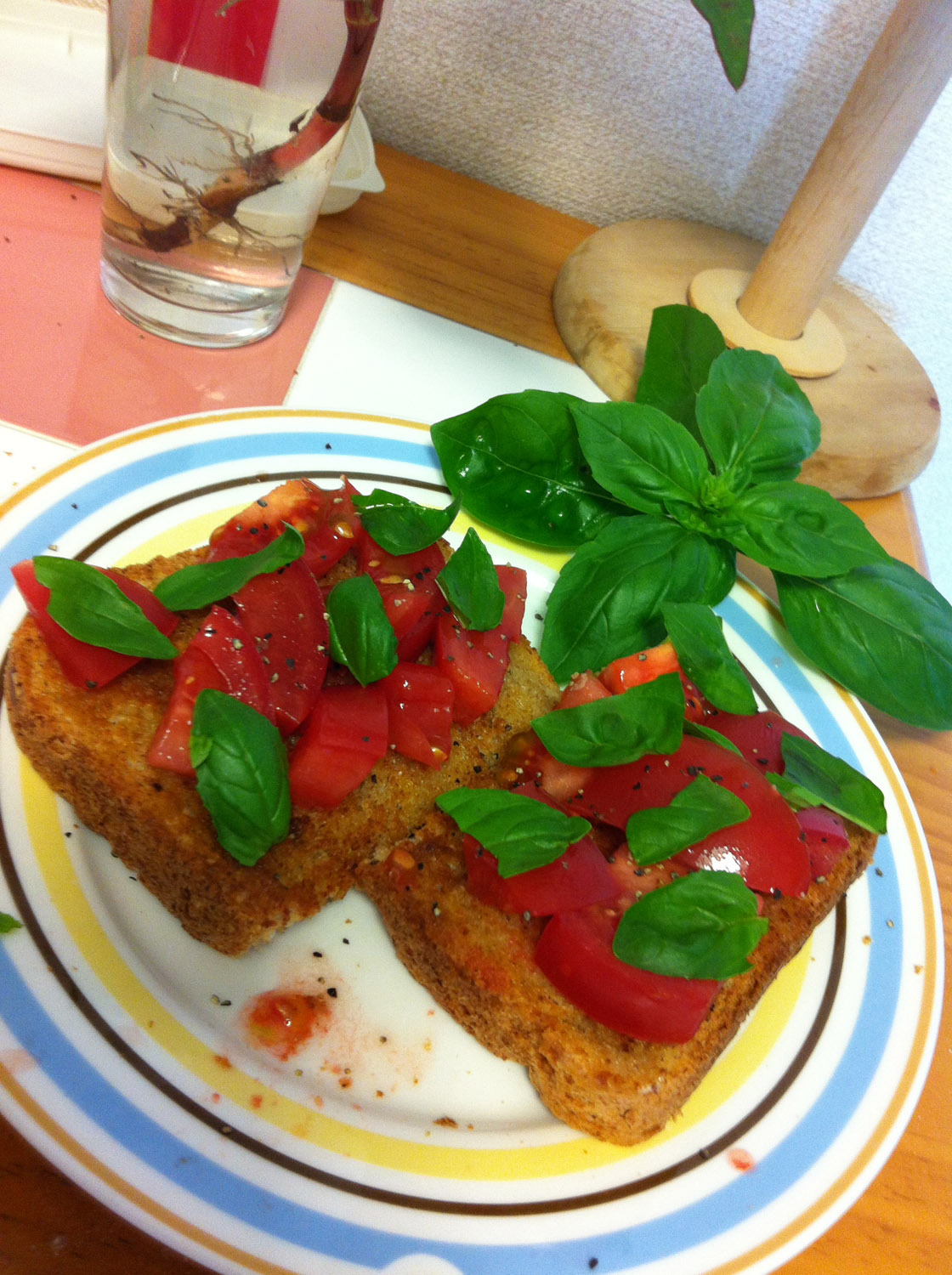
For the Busy Person, it makes even more sense; the investment-return ratio for gardening is better than anything I can think of except regular exercise and the biggest cost will be your time (which you always have too much of anyway).
But I Don’t Have A Garden!
Location isn’t that important for either group; I’m one of the laziest people I know, and I’m still sprouting seeds indoors and bunging stuff in scavenged pots on a balcony where my watering can freezes in winter and the surfaces scorch in summer. If you have anything outdoors at all, a courtyard, a wide windowsill, a veranda, you have NO excuse not to grow a few things to make life easier, no matter how lazy you are.
(Unless you don’t ever cook, in which case you’ll get me started on a whole new naggy lecture).
In the Summer Time…
Most of the northern hemisphere has warmed up bee-yoo-tifully by now, which means that it’s the perfect time for a lazy entrance into the world of gardening. Anything you plant now will grow like the blazes, giving you that nice, speedy bit of positive reinforcement so necessary for we lazy folk beginning an endeavour. 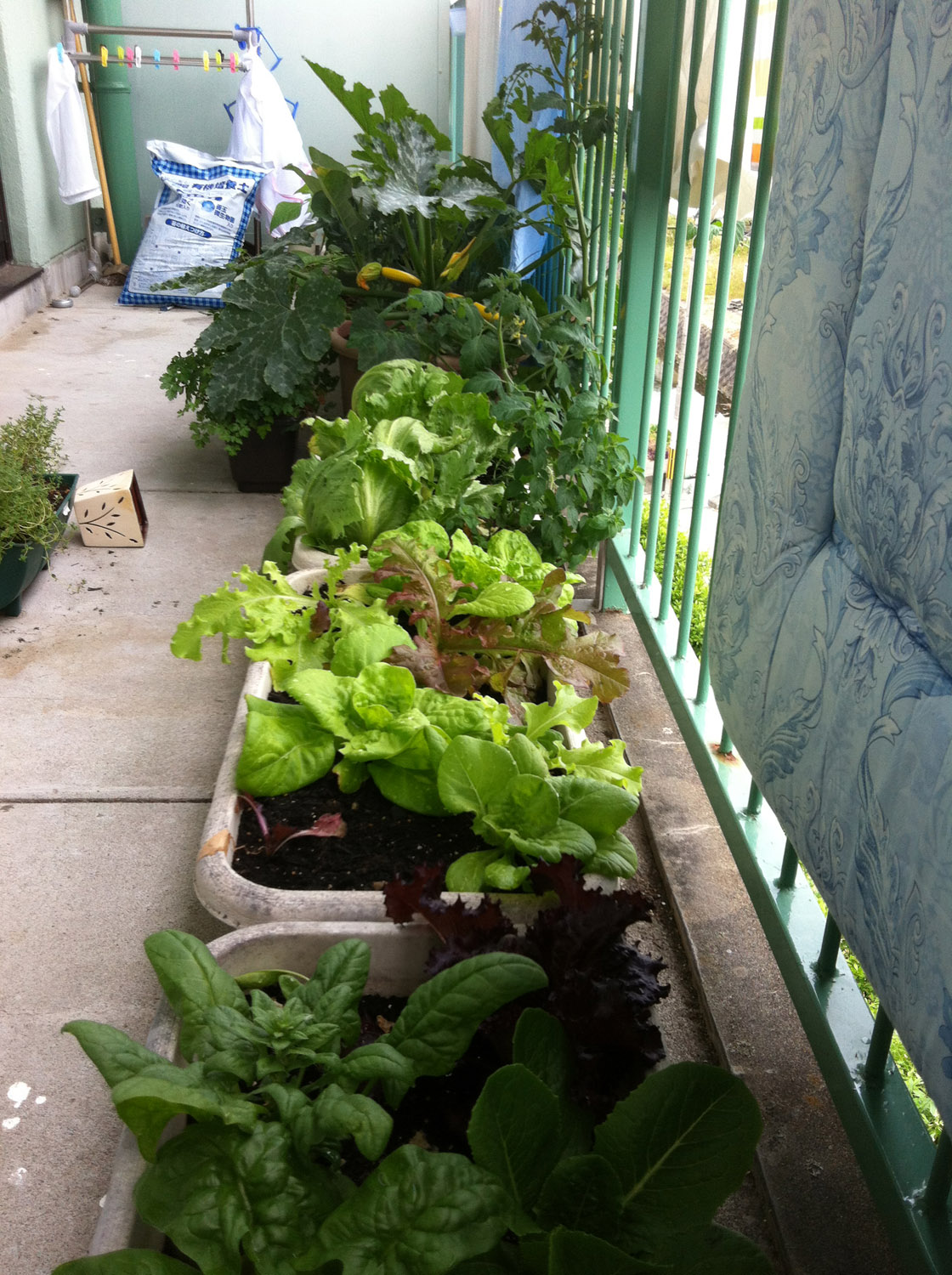
My pots are filled with an assortment of winter survivors (like chives, that lurk underground and don’t seem to mind freezing) and spring additions, although I have a lot of work to put in for the summer veg in the near future. The spinach, broccolini and lettuce are producing, we should have our first zucchini and beans this week and I have a new batch of seeds ready to pop in any time. My summer garden is well underway. Let’s start on yours!
Step One – PLAN
What do you want to grow? Of course, everything; but when you consider the time and space you have available, you might want to start limiting your options a bit.
Things to consider are:
– Ease of growing (which is one reason why I recommend starting with herbs; they don’t make unreasonable demands about sunlight, water and weed-free soil AND they grow much faster than many vegetables)
– Ease of access (is this something you can buy cheaply and easily anyway? I’m not growing aubergines, because they are one of the cheapest vegetables available here)
– Availability of space (not just in your garden, but in your food-storage. To me, it is very much worth growing lettuce, just because my fridge is too small to always keep it on hand. Ditto green onions, because they wilt in the crisper. A potato crop, on the other hand, would give me a HUGE storage problem)
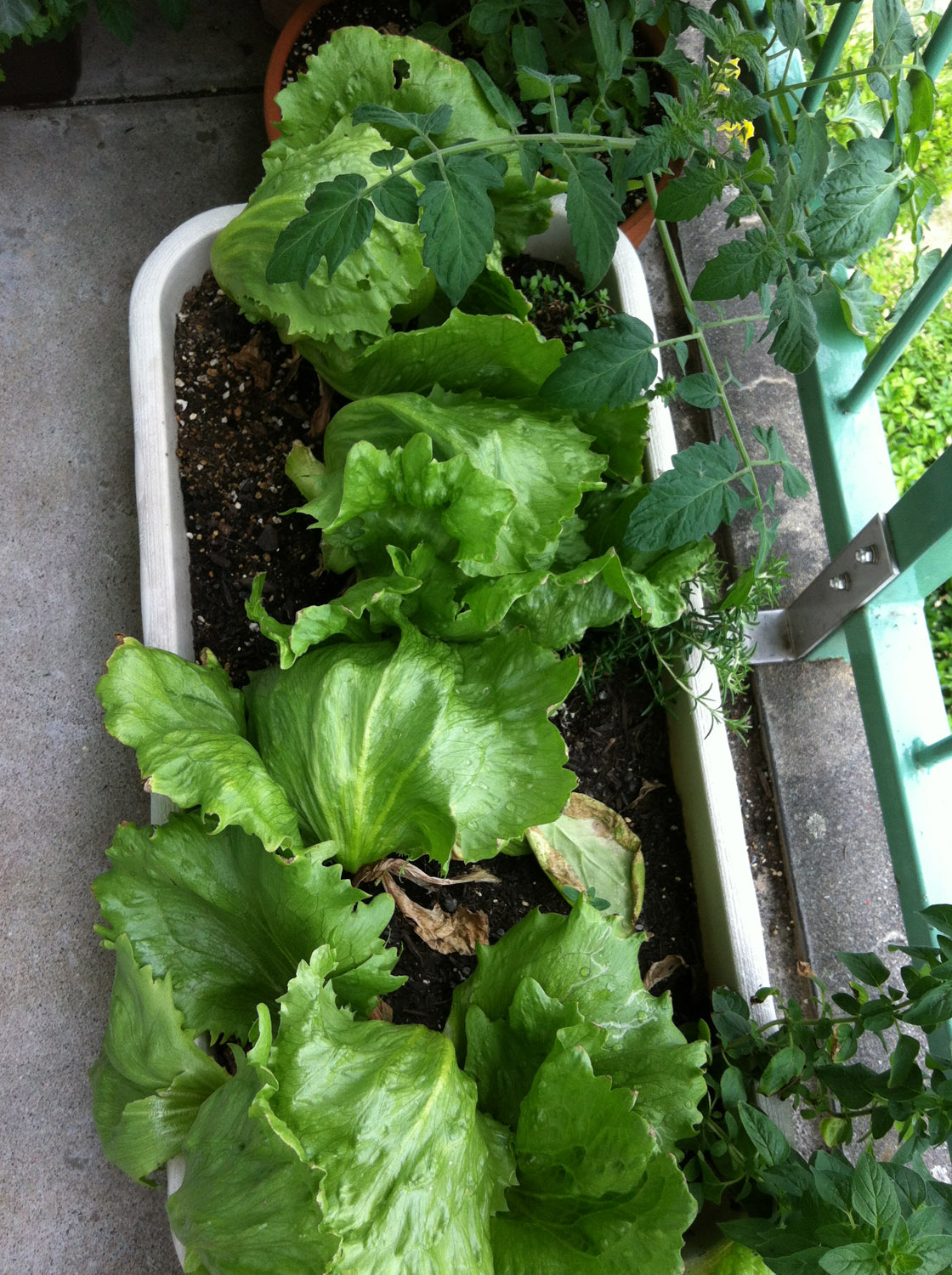
Storage is easier in the garden than the fridge; and it’s always there when you need it!
So plan, review and, for the love of Inari, START SMALL. If you get over-enthused and fill up every bed or container you have in the place, it’s likely to all become a bit much the first time you have a bad week and can’t water. A couple of basil plants and some thyme in a pot is a perfectly reasonable beginning and you can keep building from there. I started Spring with chives, lettuce, basil, thyme, oregano, rosemary, flat leaf parsley, broccolini, cucumbers and beans. This has expanded to include zucchini, cherry tomatoes, lemon balm, dill, sage and pak choy and is likely to expand still further.
The other reason to start small is for continued cropping. If you check my balcony photos, you’ll notice quite a few empty pots, or gaps in the current ones. These are for future crops of lettuce and beans, which will be planted a few weeks from now, to ensure a continued supply. If you’ve already filled up all the available space, you’ll have one big harvest, then nothing for a couple of months.
Step Two: PURCHASE (or scavenge or whatever)
The major things you’ll need are containers and soil. (People who have some actual ground to garden in can ignore this bit, but you’d better go out and start preparing a bed. More on this in future posts, if anyone’s interested.)
Containers are fairly easy; if you’re cashed up you can buy some really lovely ones, but even if you’re broke, acquiring containers is as simple as going to your local fruit and vegie shop and requesting their used Styrofoam boxes. Broccoli boxes are best, but don’t forget to cut drainage holes in the bottom! Soil is a little more tricky; if you’re lucky enough to have gardening friends, they may be kind enough to share their compost with you (although don’t bet on it; compost is precious) but to be honest, you’re probably just going to have to buy some. Yes, it’s expensive, but if you work one container at a time, it shouldn’t murder your budget too badly and you will soon start saving grocery money. I purchased the two classy-looking green containers, but scavenged the rest from a neighbour’s large trash pickup.
Fertiliser could also be useful, but isn’t essential. A nice organic liquid one is good for pots, but there are some good granule-types available too, which have the added advantage of being slow release. If you can’t afford fertilisers to begin with, don’t worry about it. Herbs are also lovely and undemanding about nutrition, whatever the label on their seed-packet tries to tell you.
If you’re really broke, apparently human urine can be a good fertiliser for balcony plants, but it needs to be VERY dilute; one part urine to ten parts water. You also need to be sure that there aren’t any nasties in your urine; not simply diseases like hepatitis, but any bits and

There’s WHAT on the rocket?
pieces left over from what you ingest. For example, I use hormonal contraceptives, so there’s no way I can try this out. To be honest, it’s probably safer not to pee near plants you plan to eat, just to avoid the gross-out factor if you realise halfway through your salad that you forgot to wash the lettuce. This method should be fine for flowers and other ornamentals, though.
Step Three: PLANT
The fun bit! But what should you plant, seedlings or seed?
Growing plants from seed is far, far cheaper and can often give healthier, better-growing plants, especially for ones prone to transplant shock. It’s a good way for the experienced or time-rich gardener to go.
HOWEVER: if you’re a first-time grower, I recommend starting with seedlings and potted herbs. You’ll see much faster results and gain much faster satisfaction. We’re lazy people, remember; we need quick rewards to keep ourselves going, especially in the early days. A couple of herbs and a punnet of lettuce and you’ll be eating your own salad in under a month, which is a wonderful bit of positive reinforcement.
I’ve gone with half and half; the beans, cucumber and a lot of the lettuce have been grown from seed, while most of the herbs, the broccoli and four lettuce plants were purchased.
There you go. You’re ready. Omelette aux fines herbes is within your grasp within the next month; IF you get started now.
Get growing!
Gem
XX






